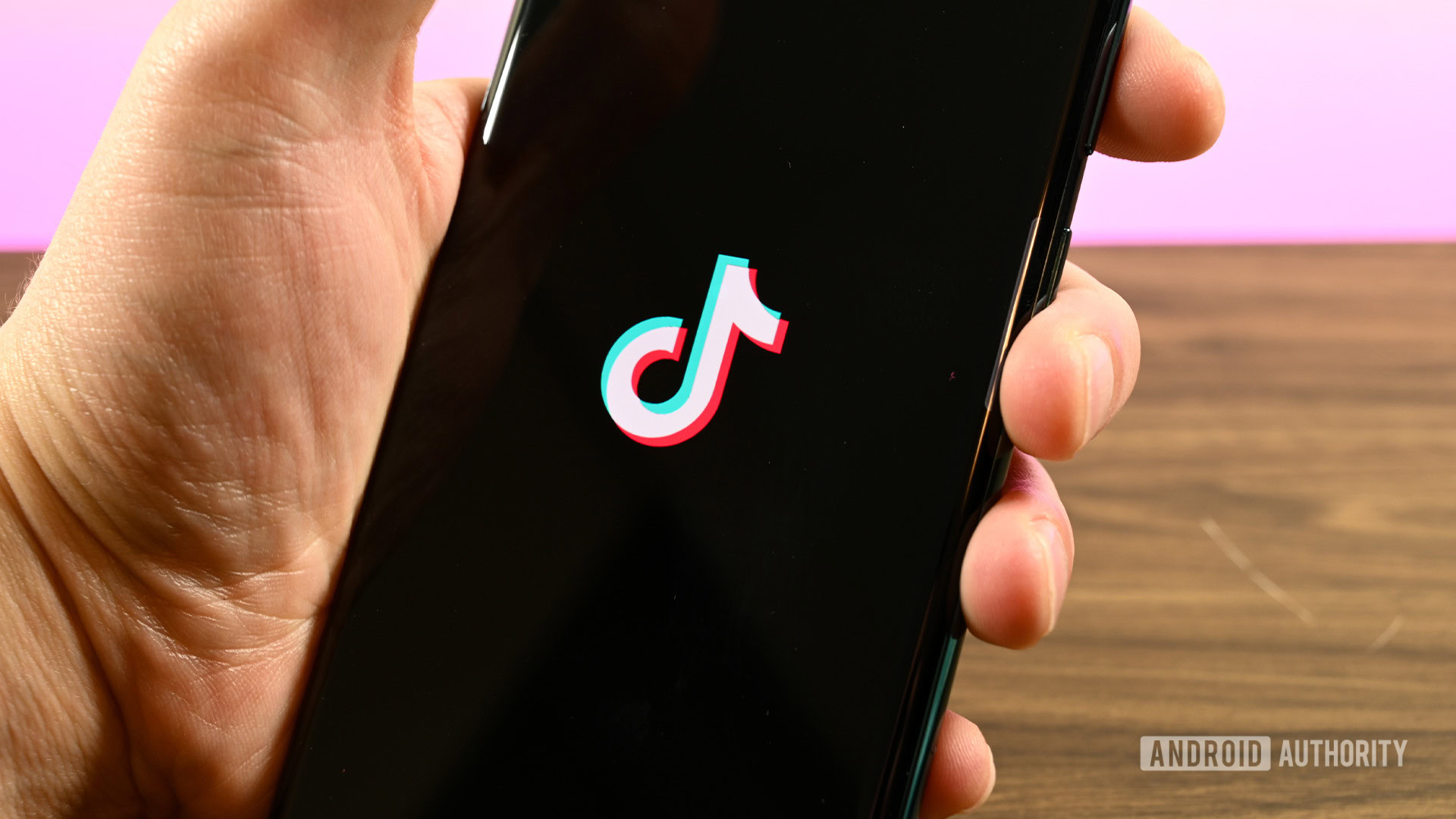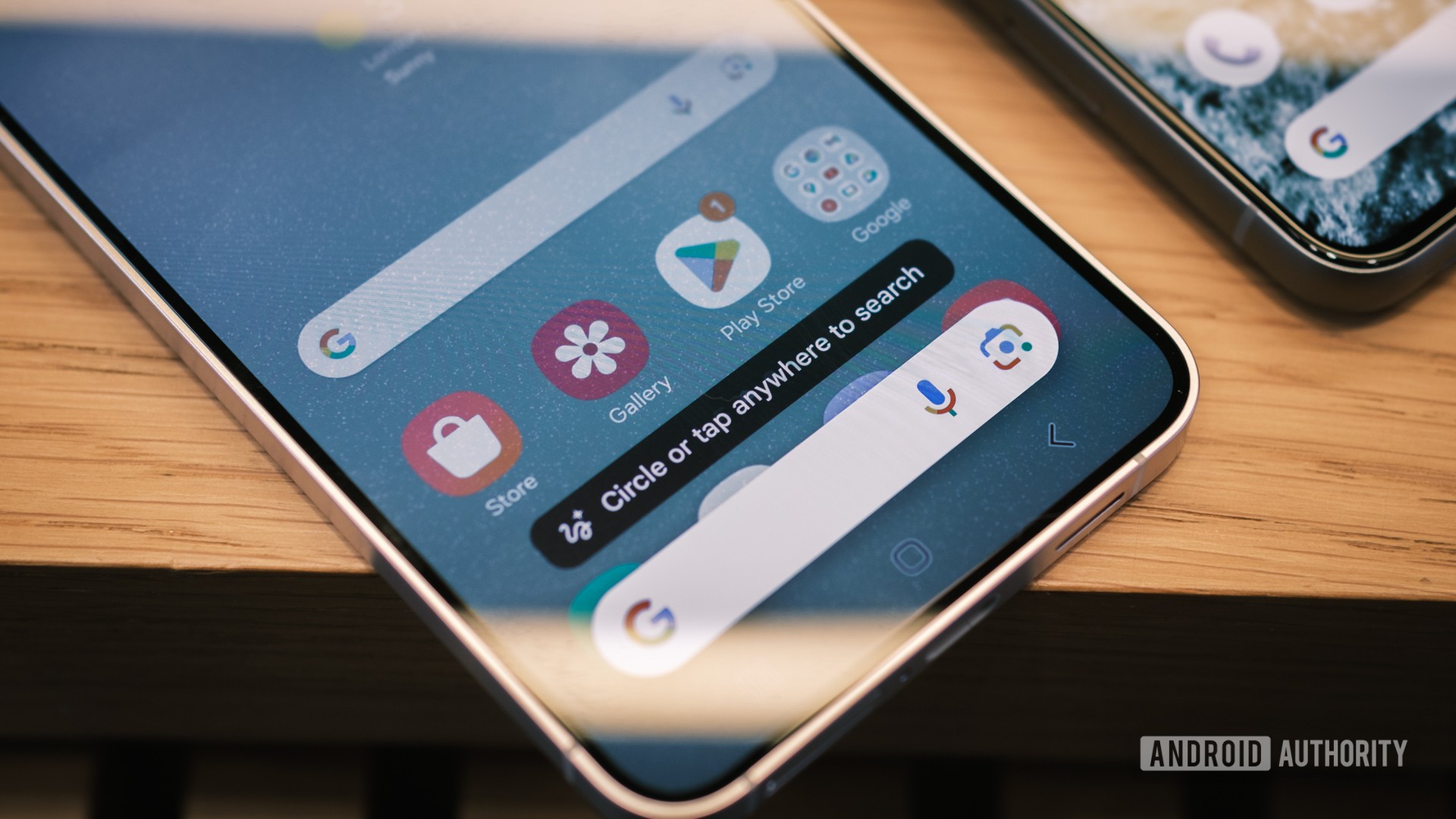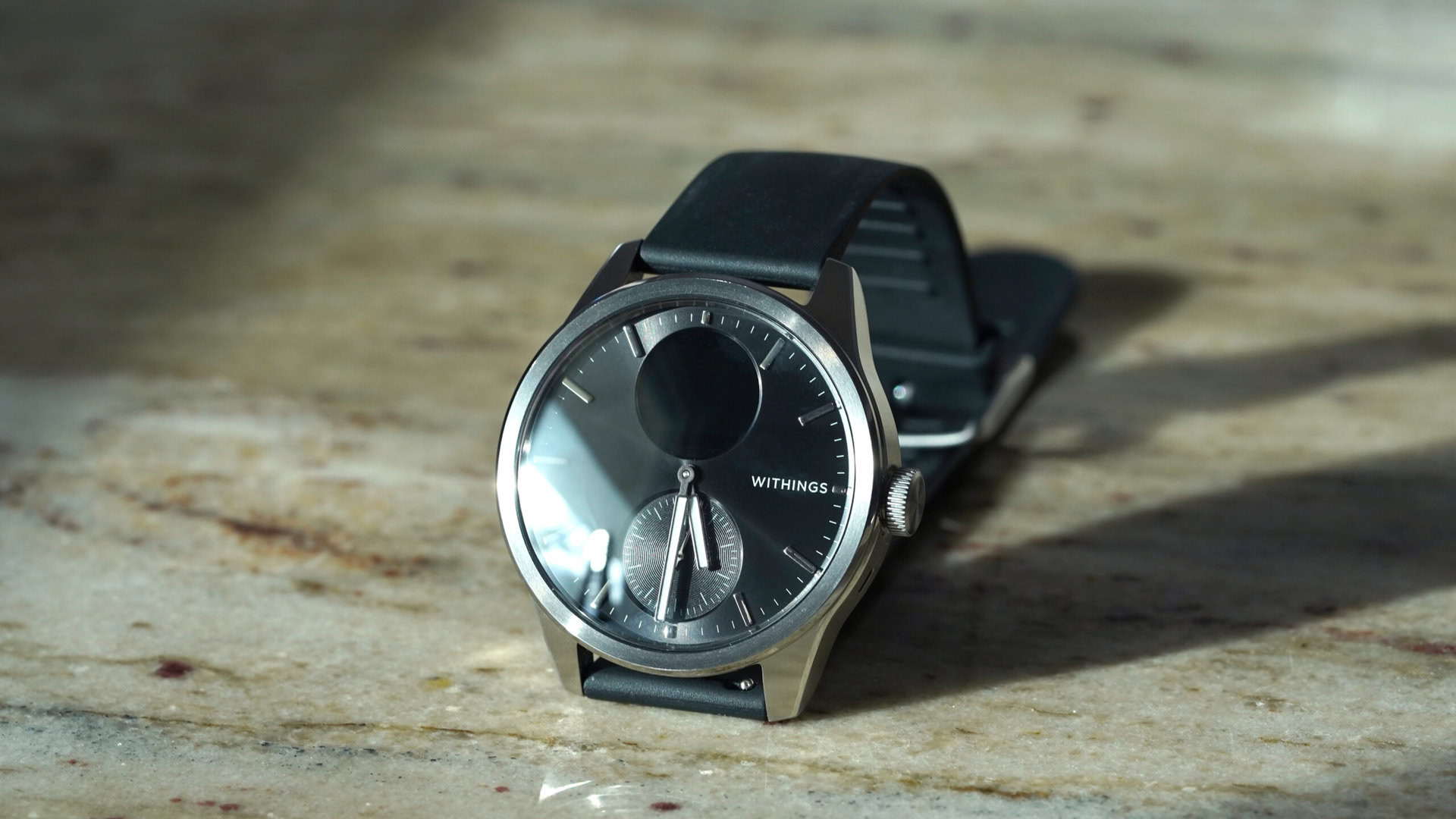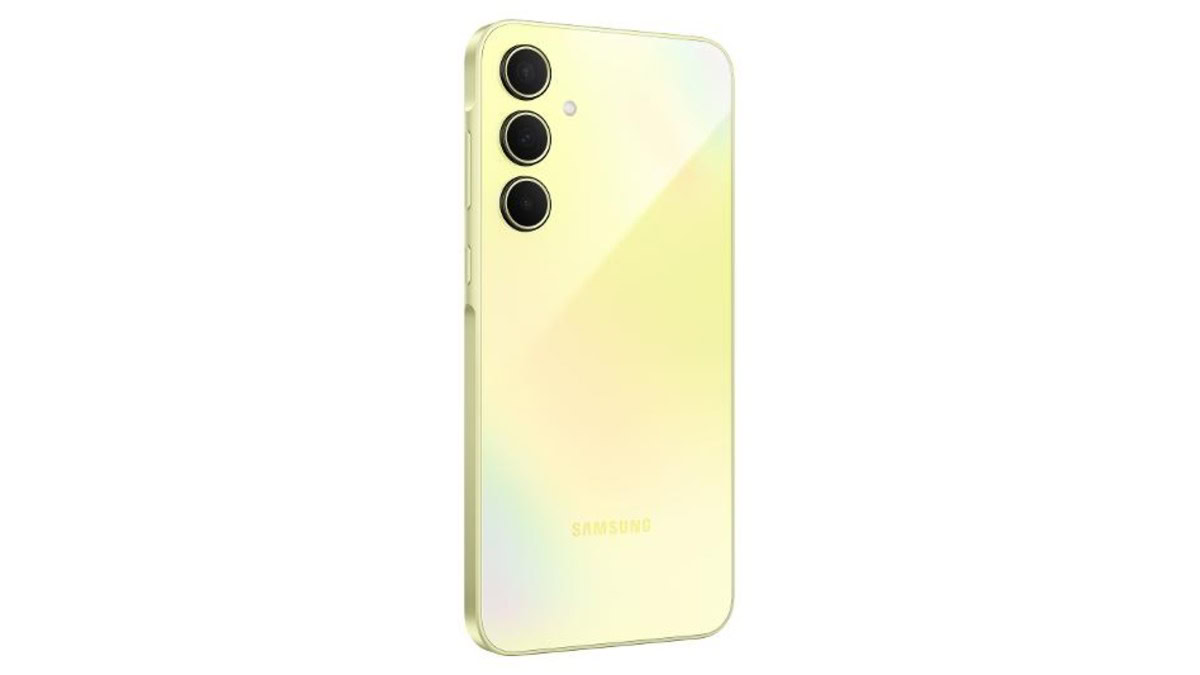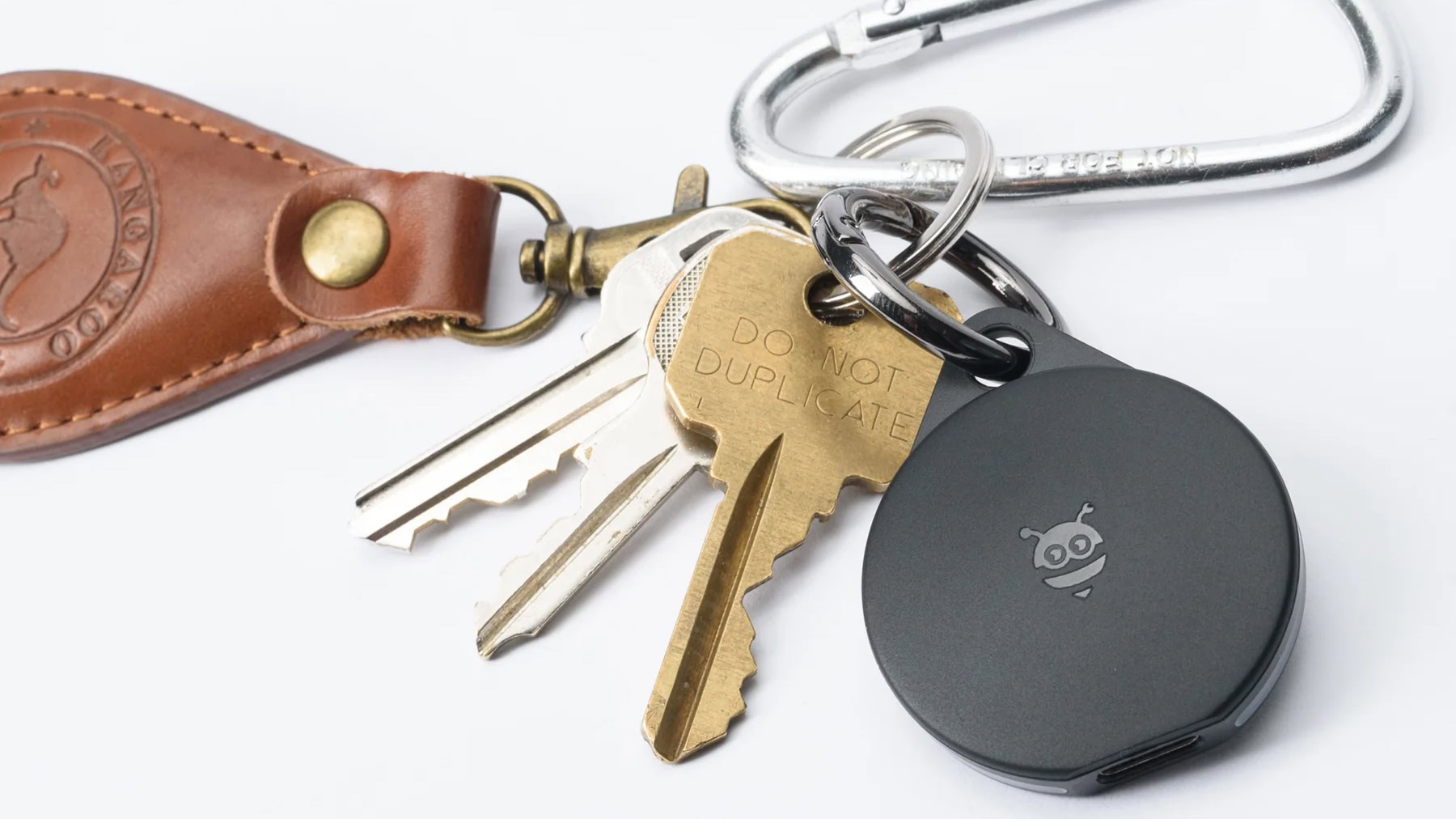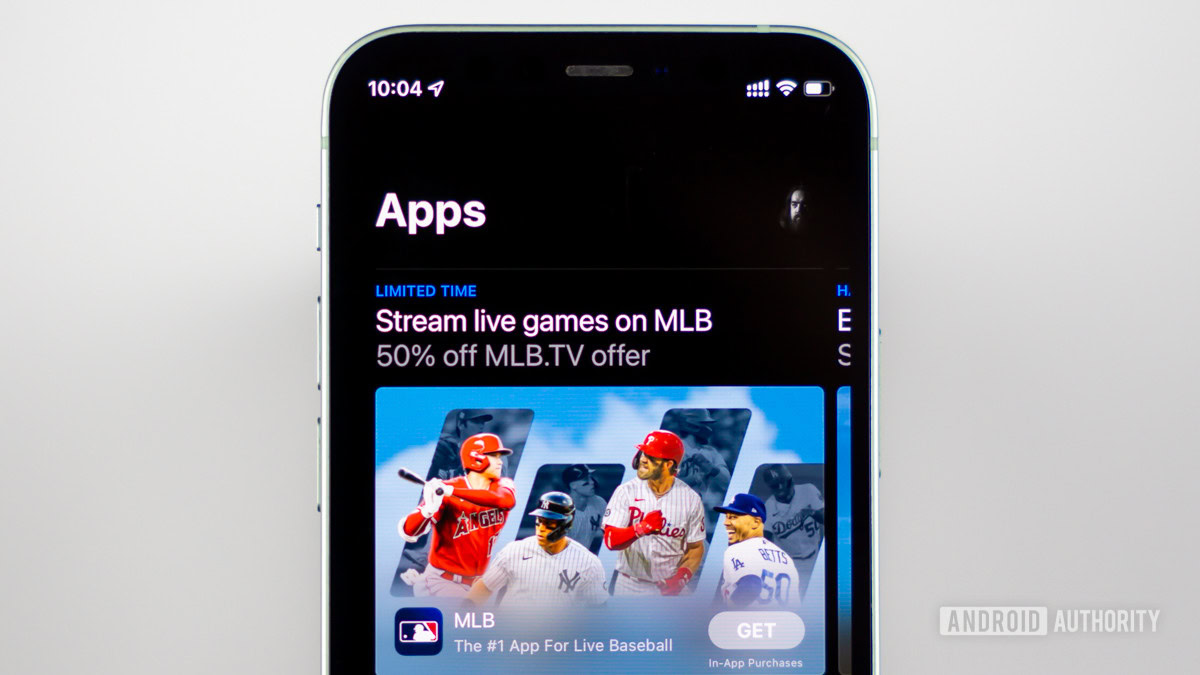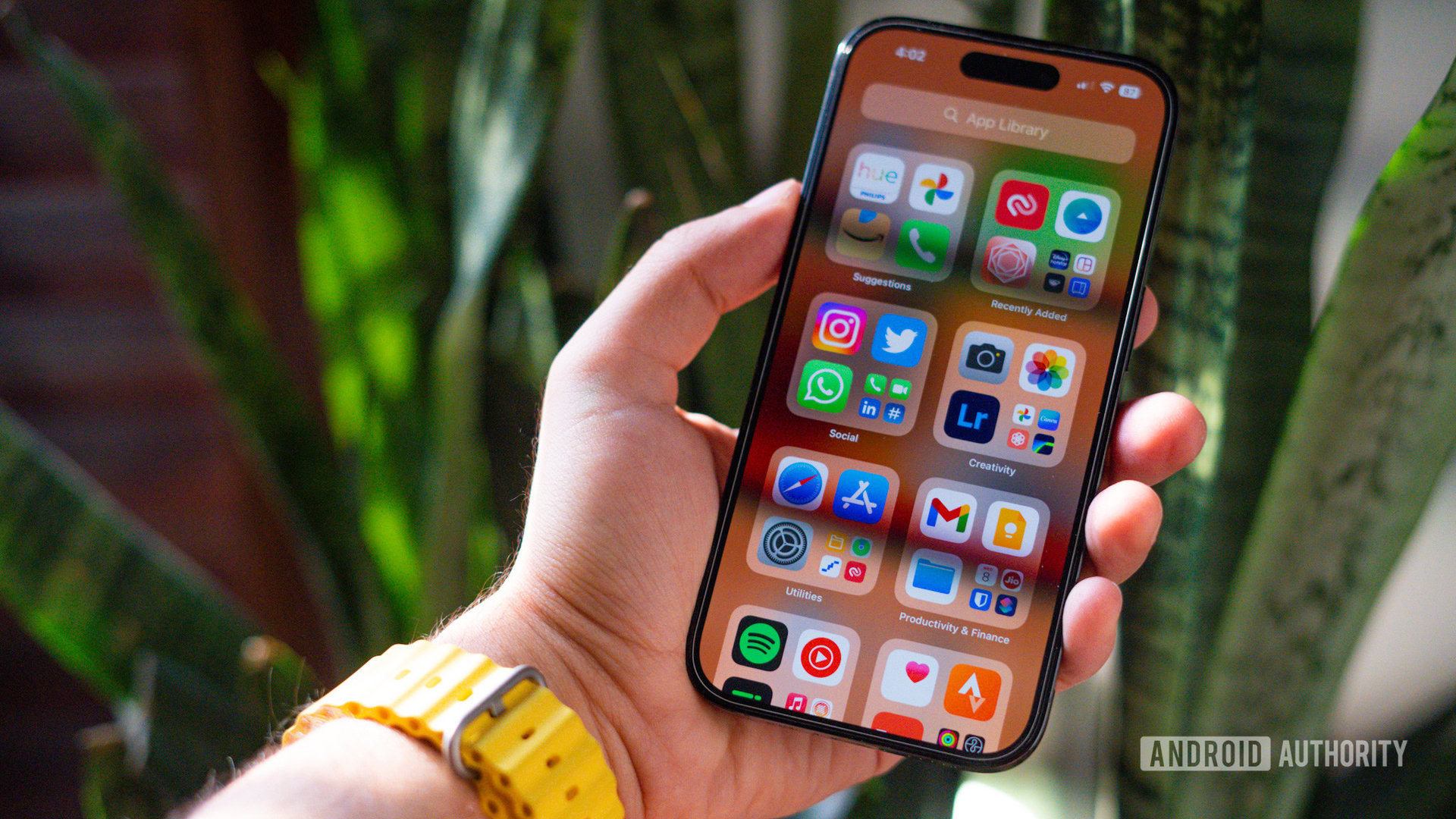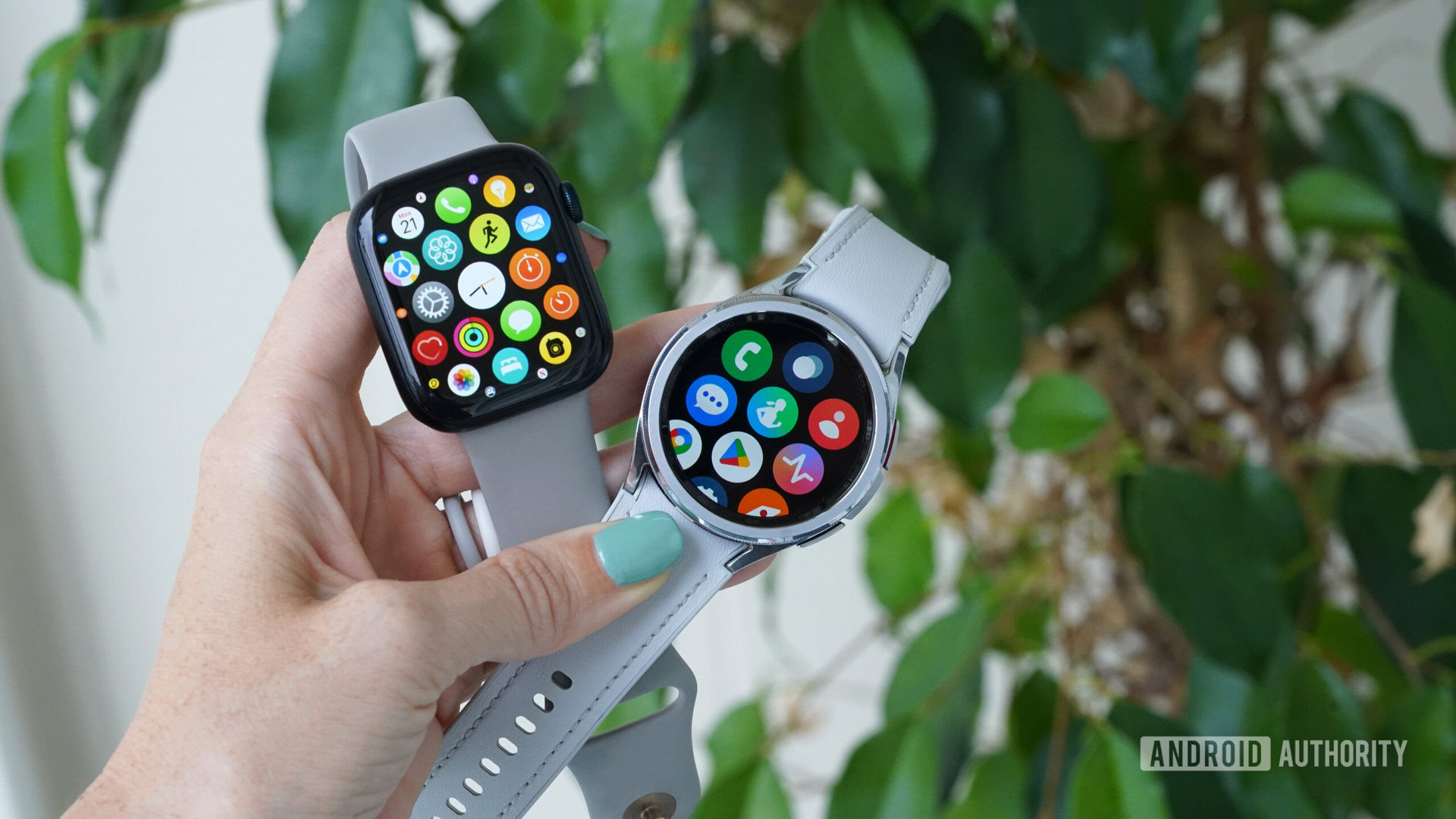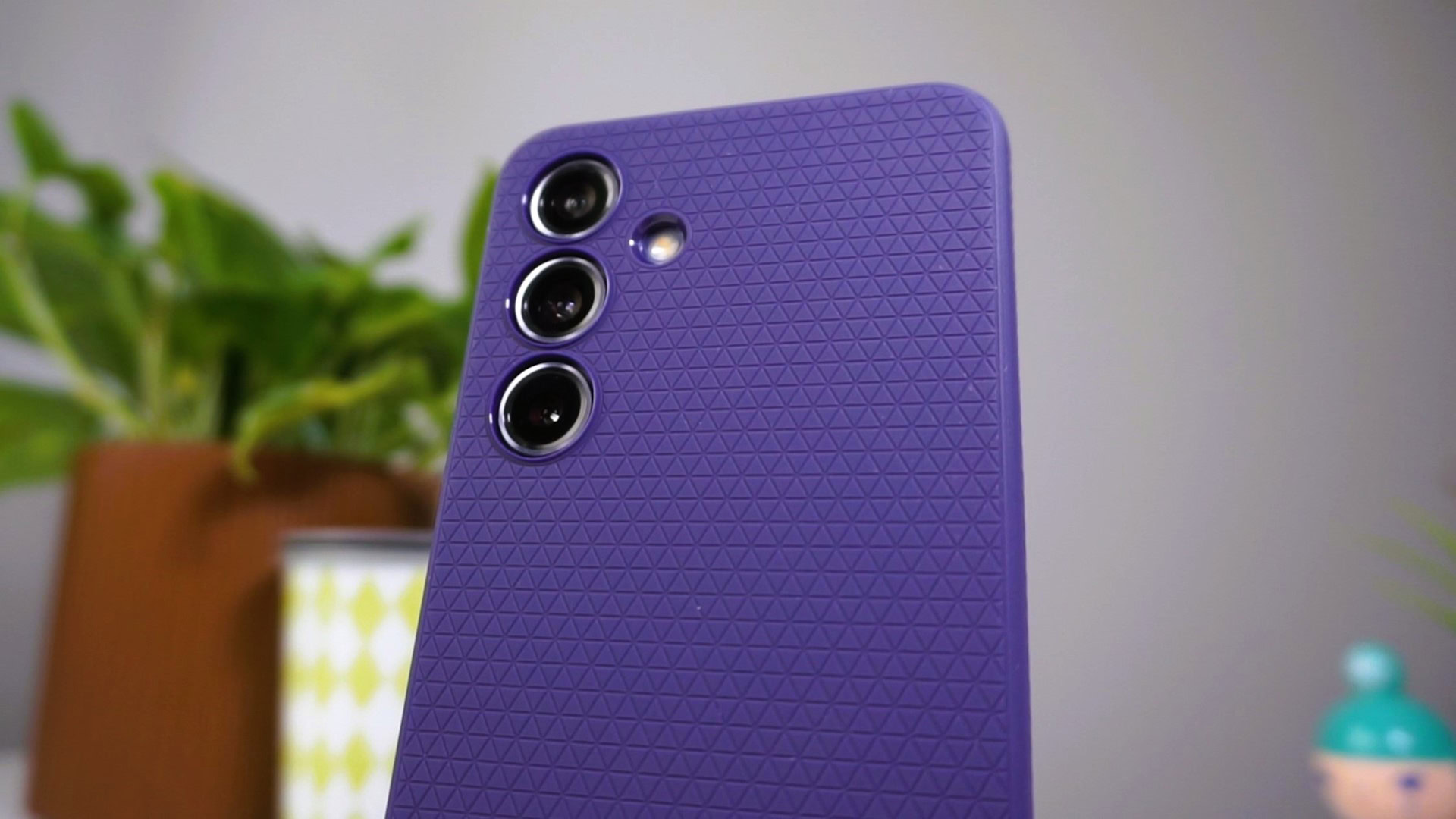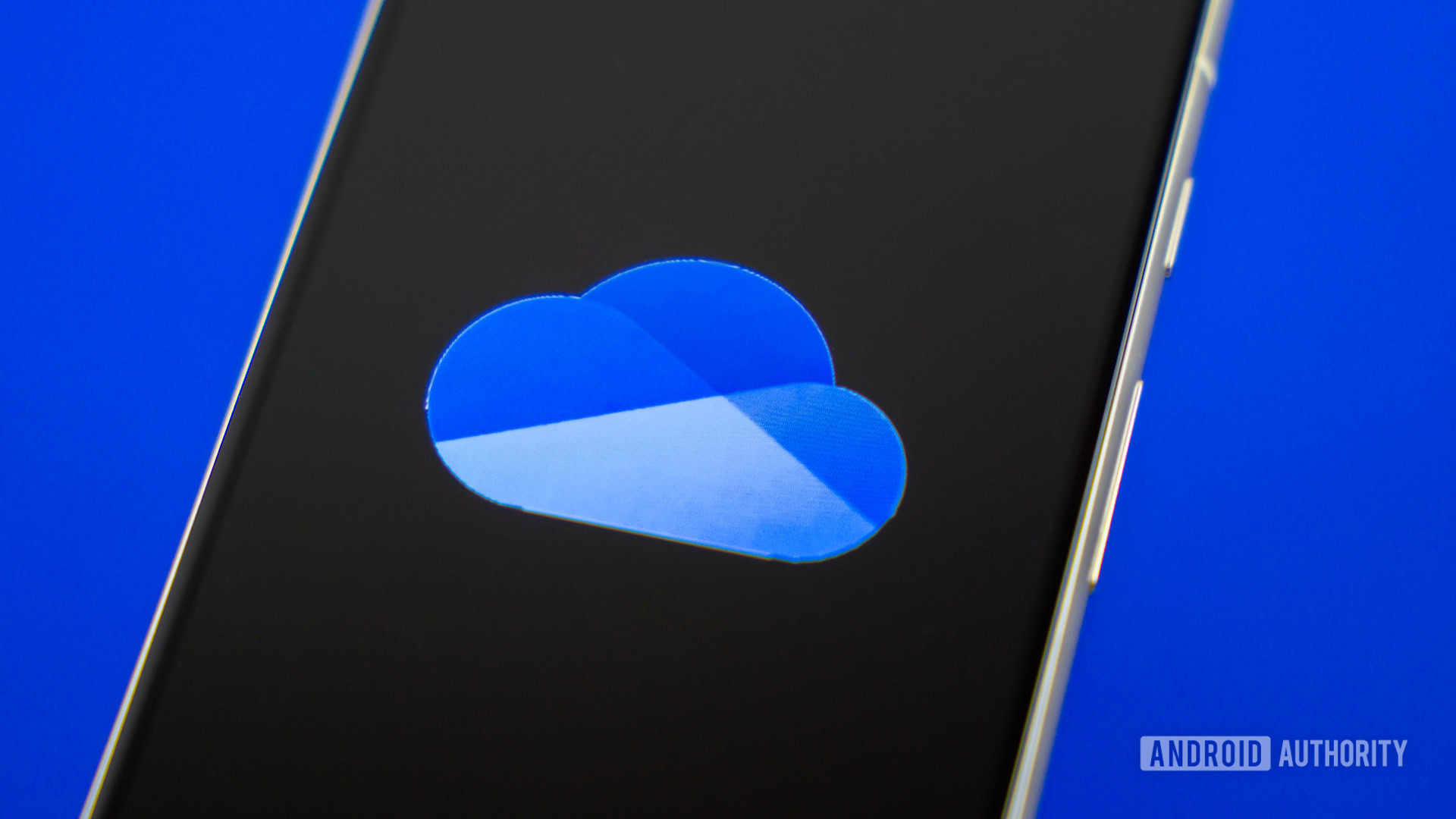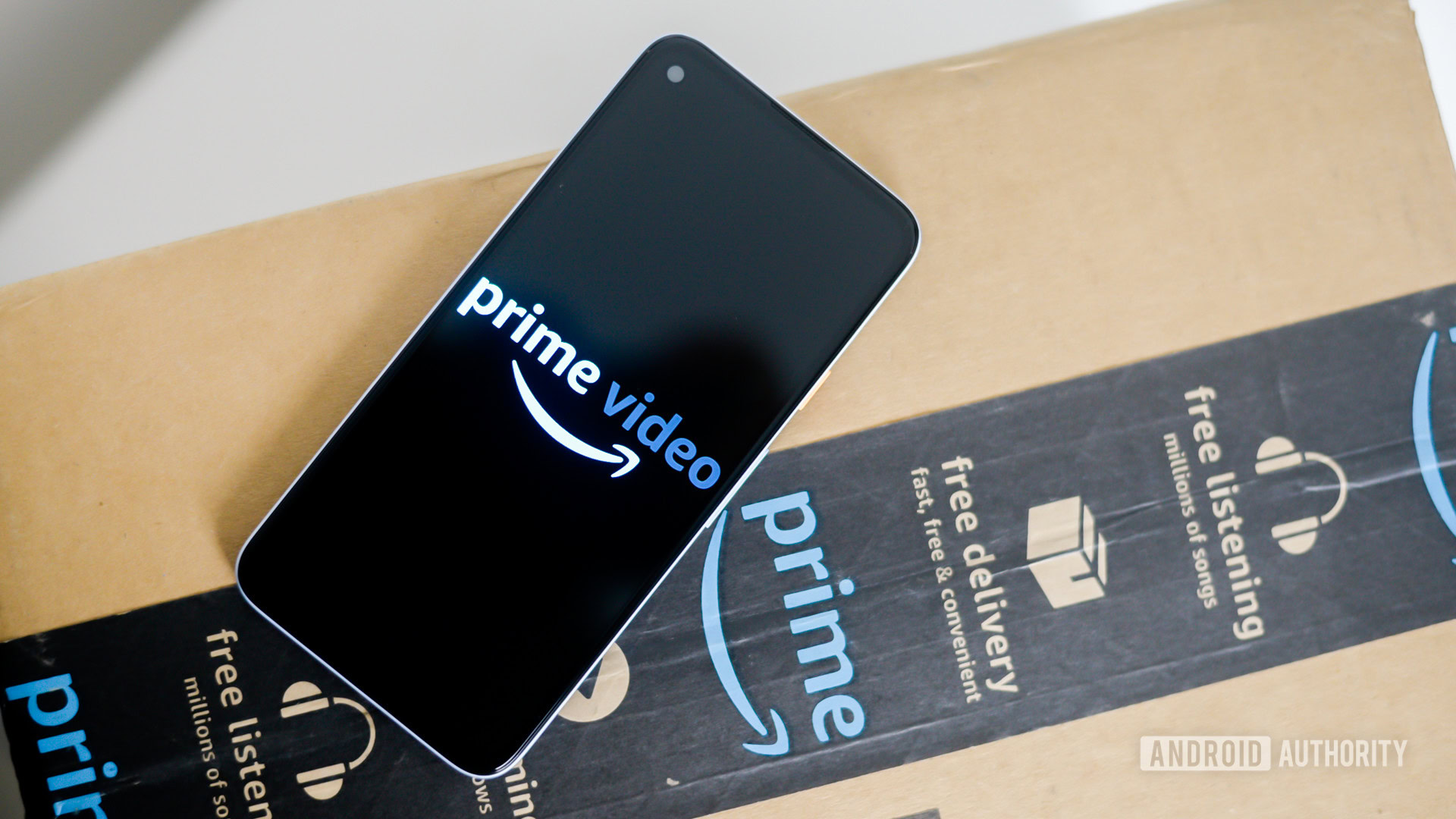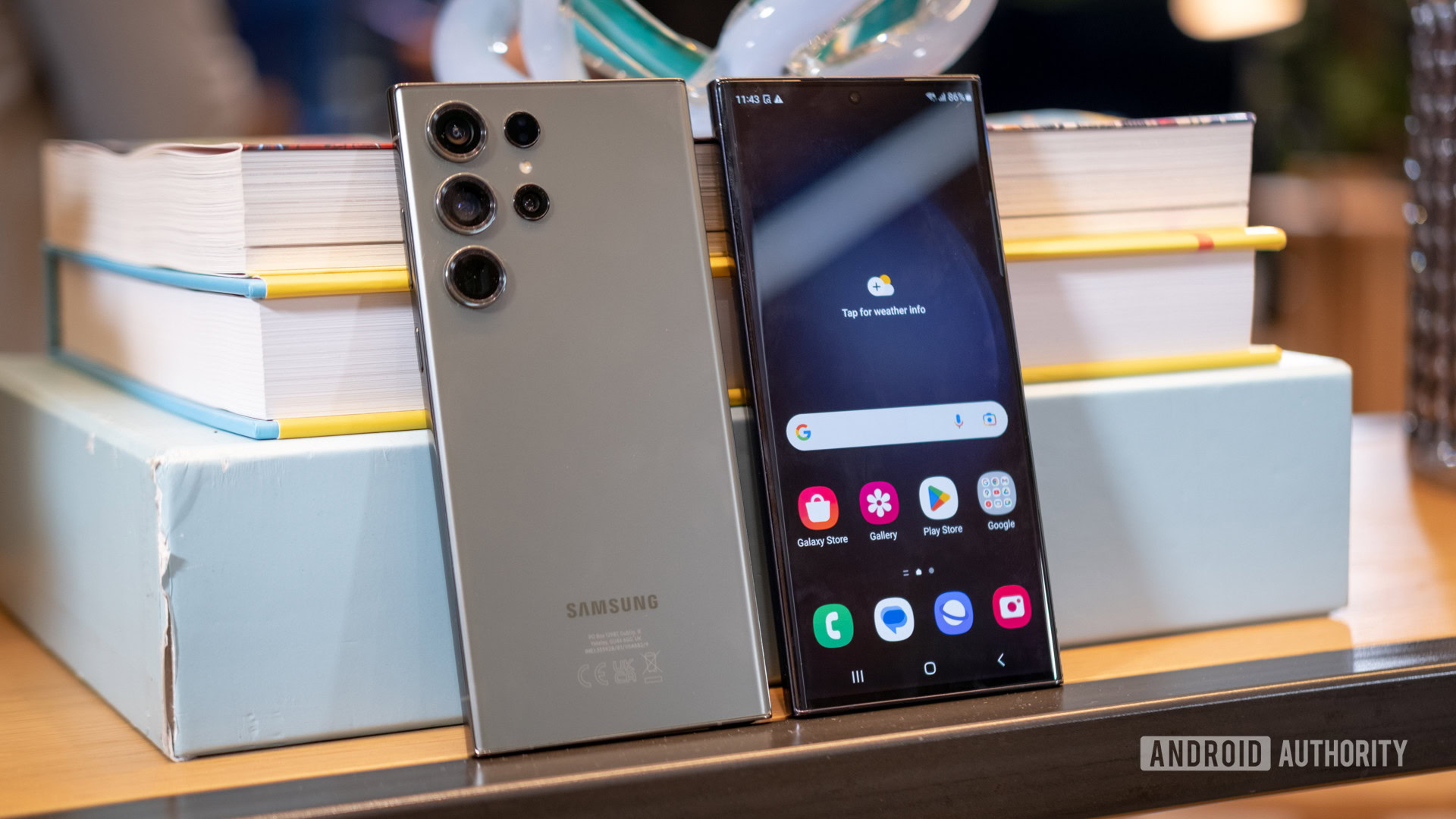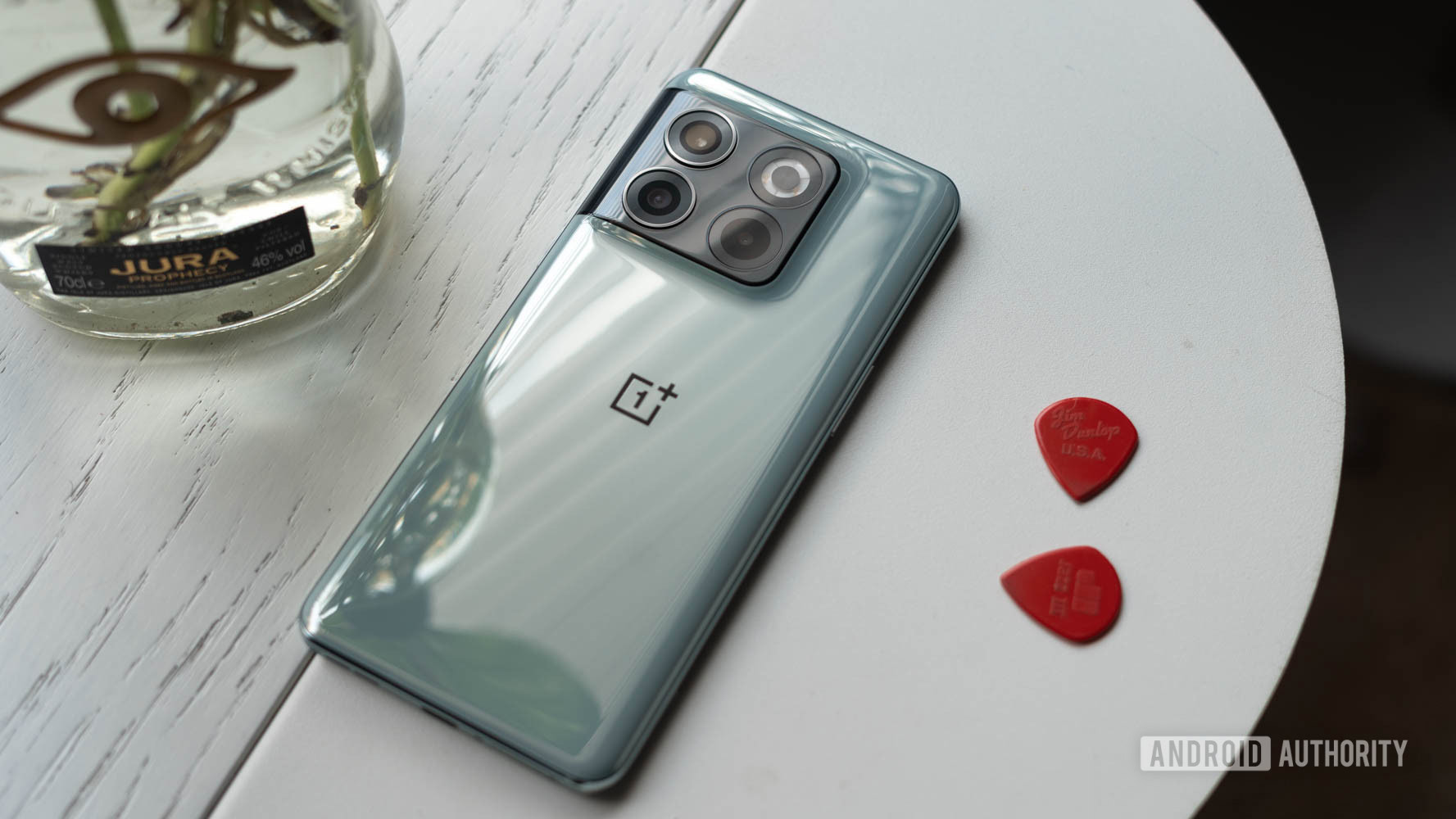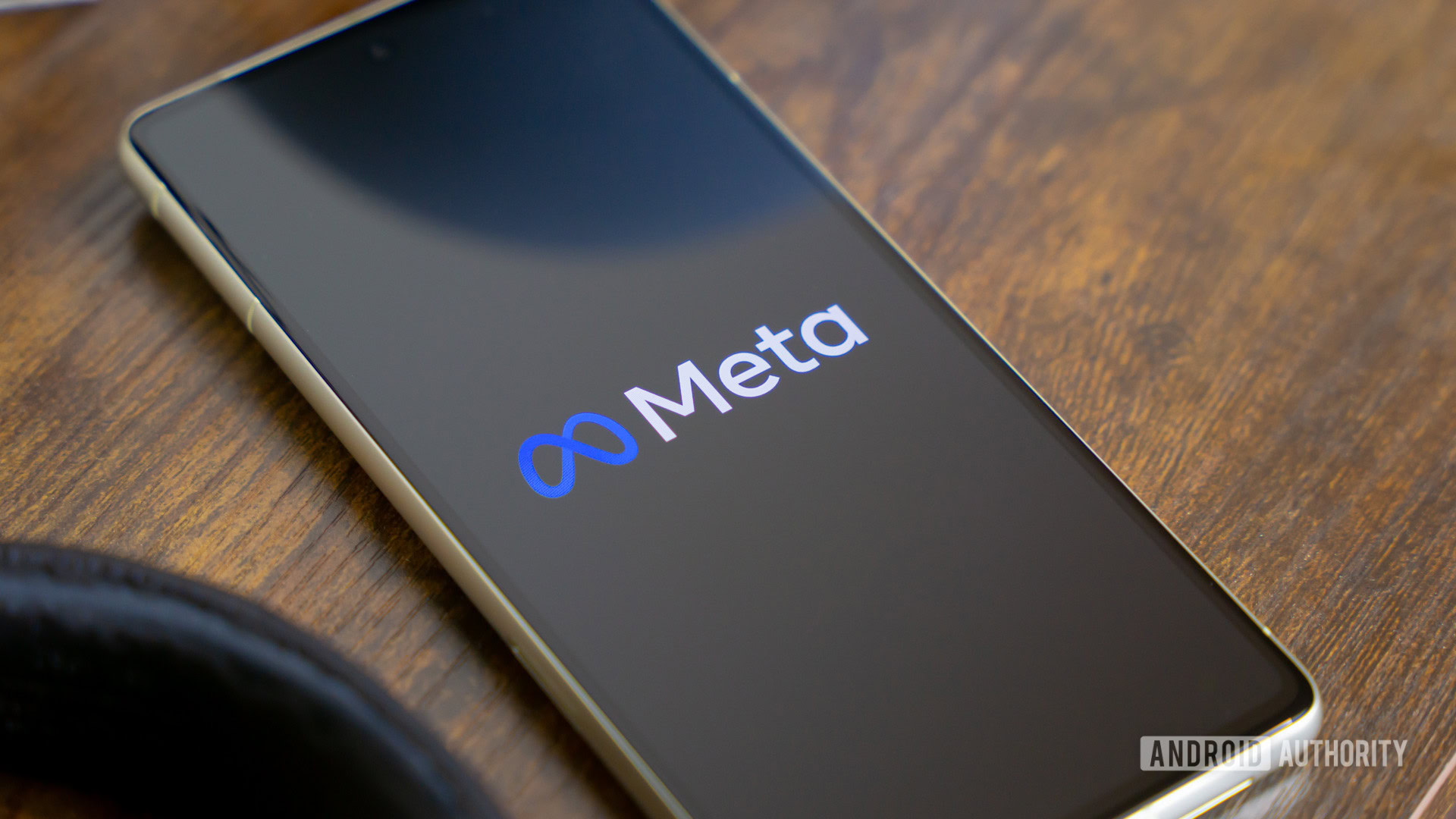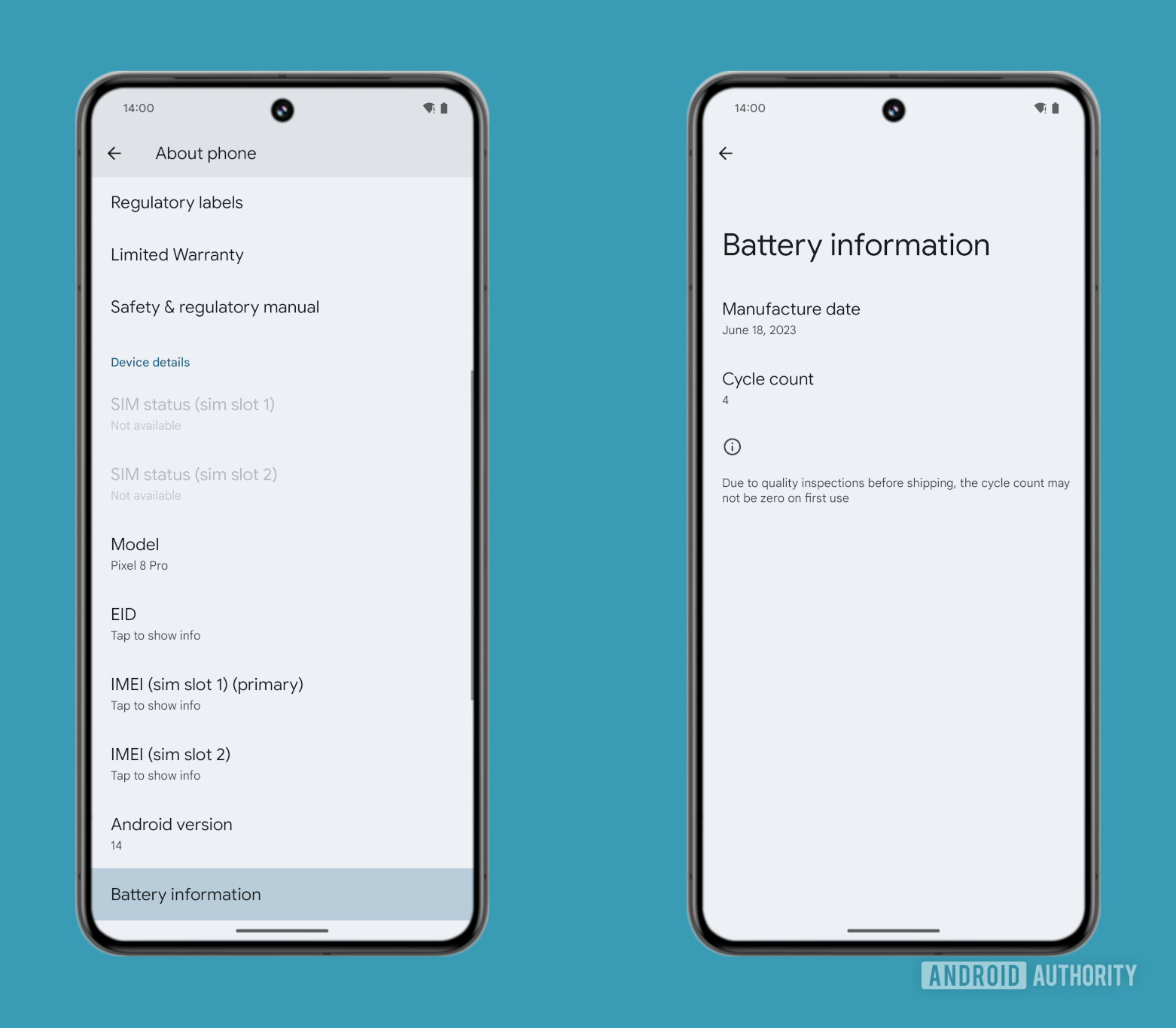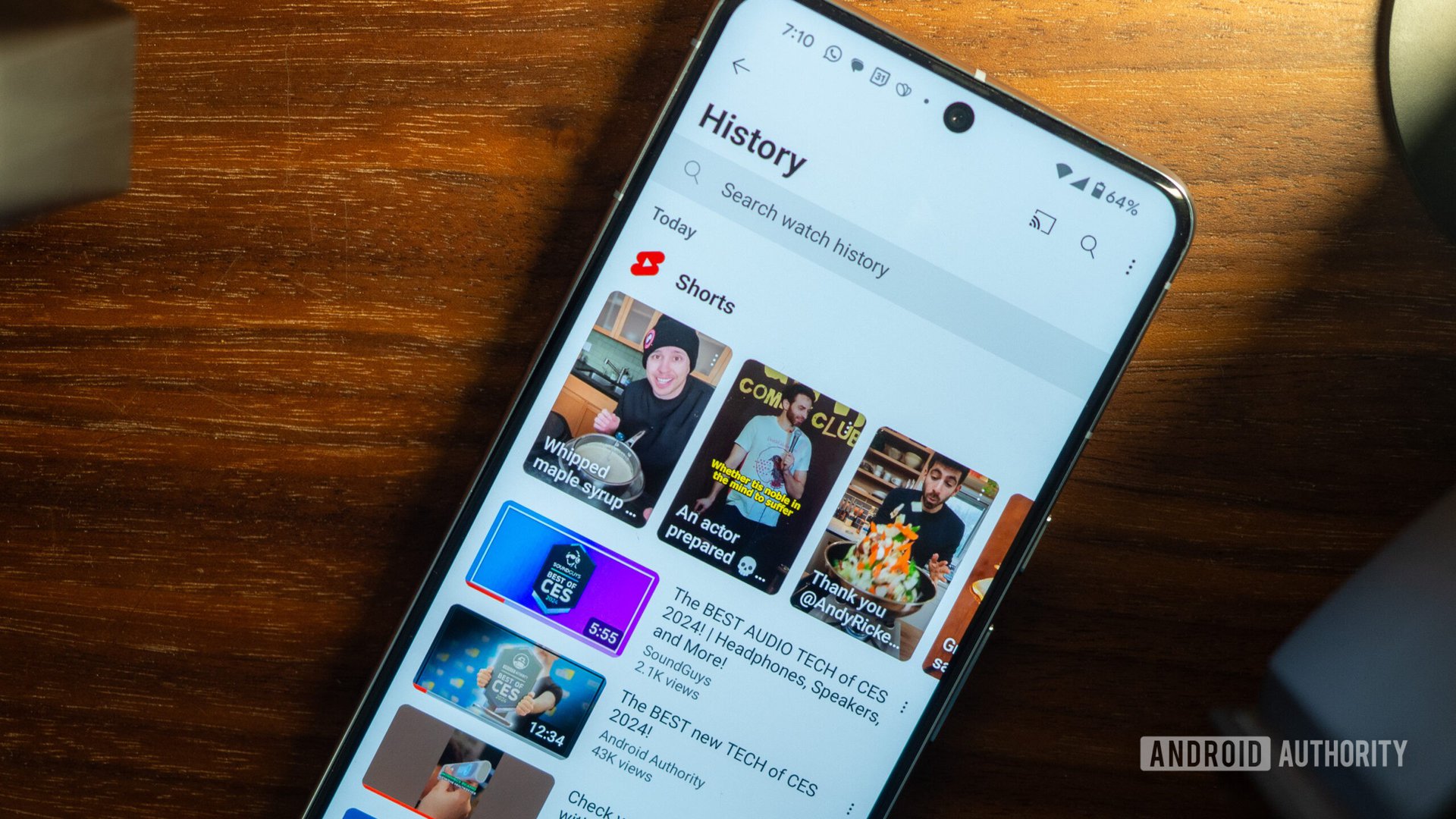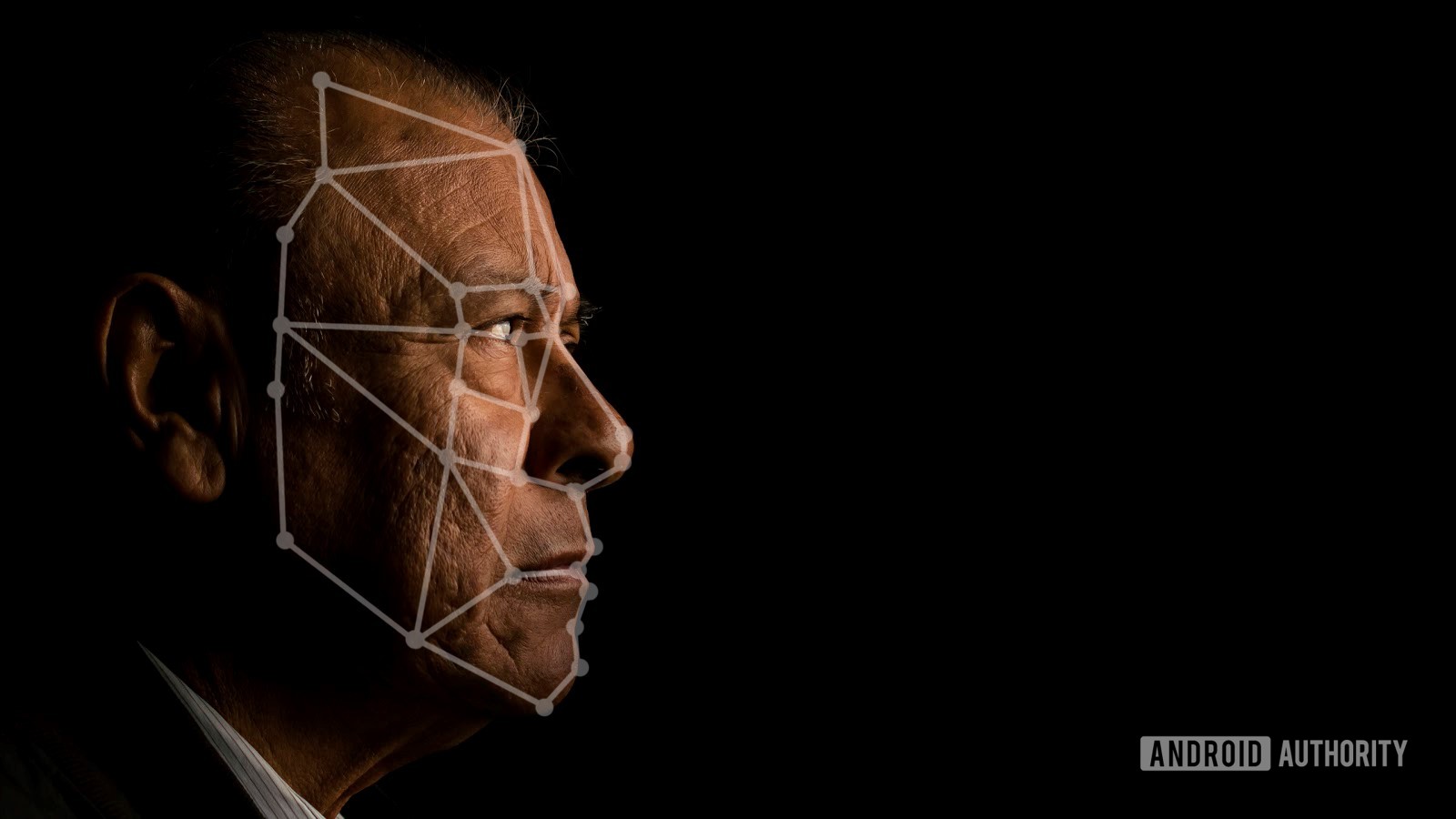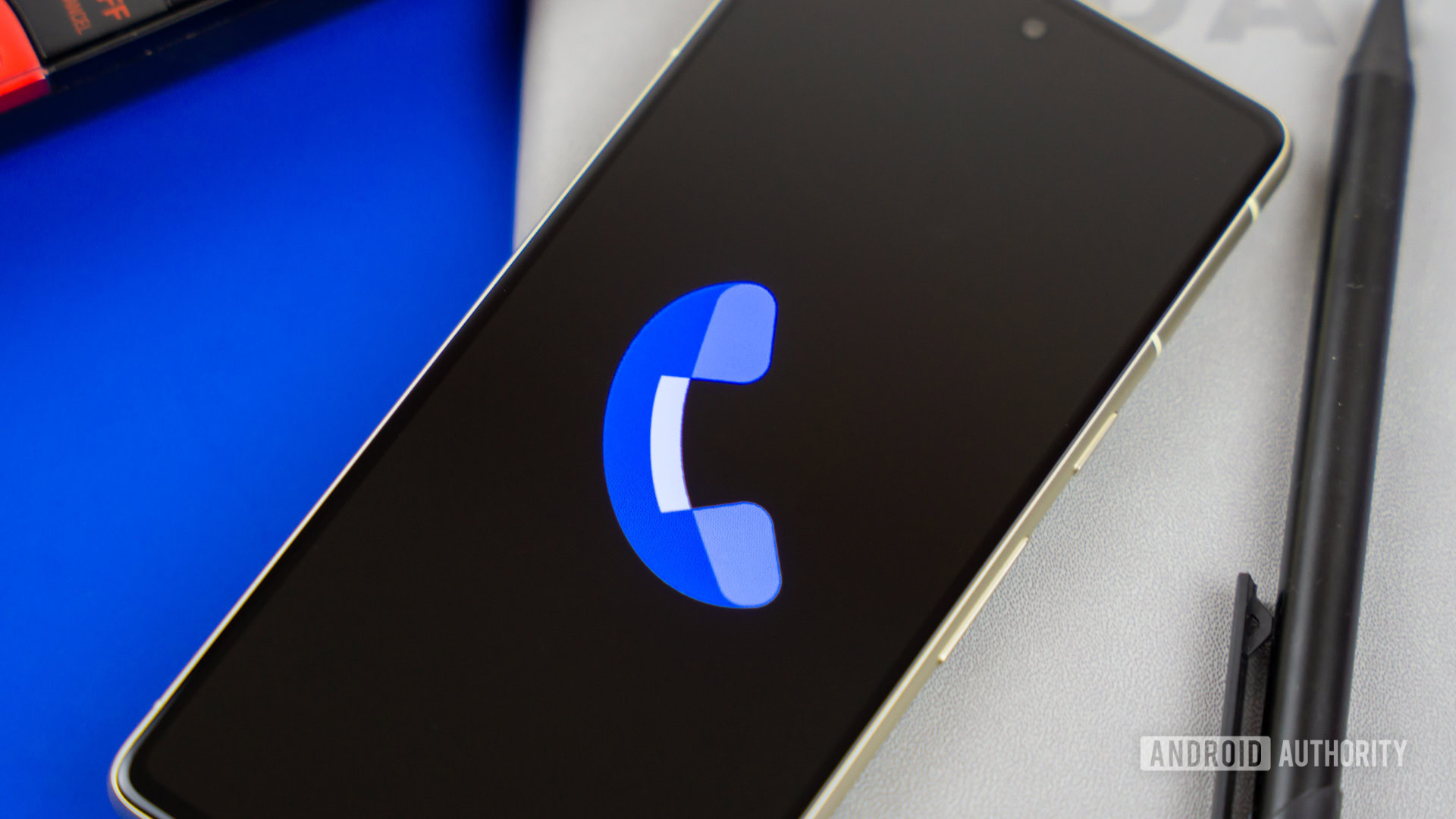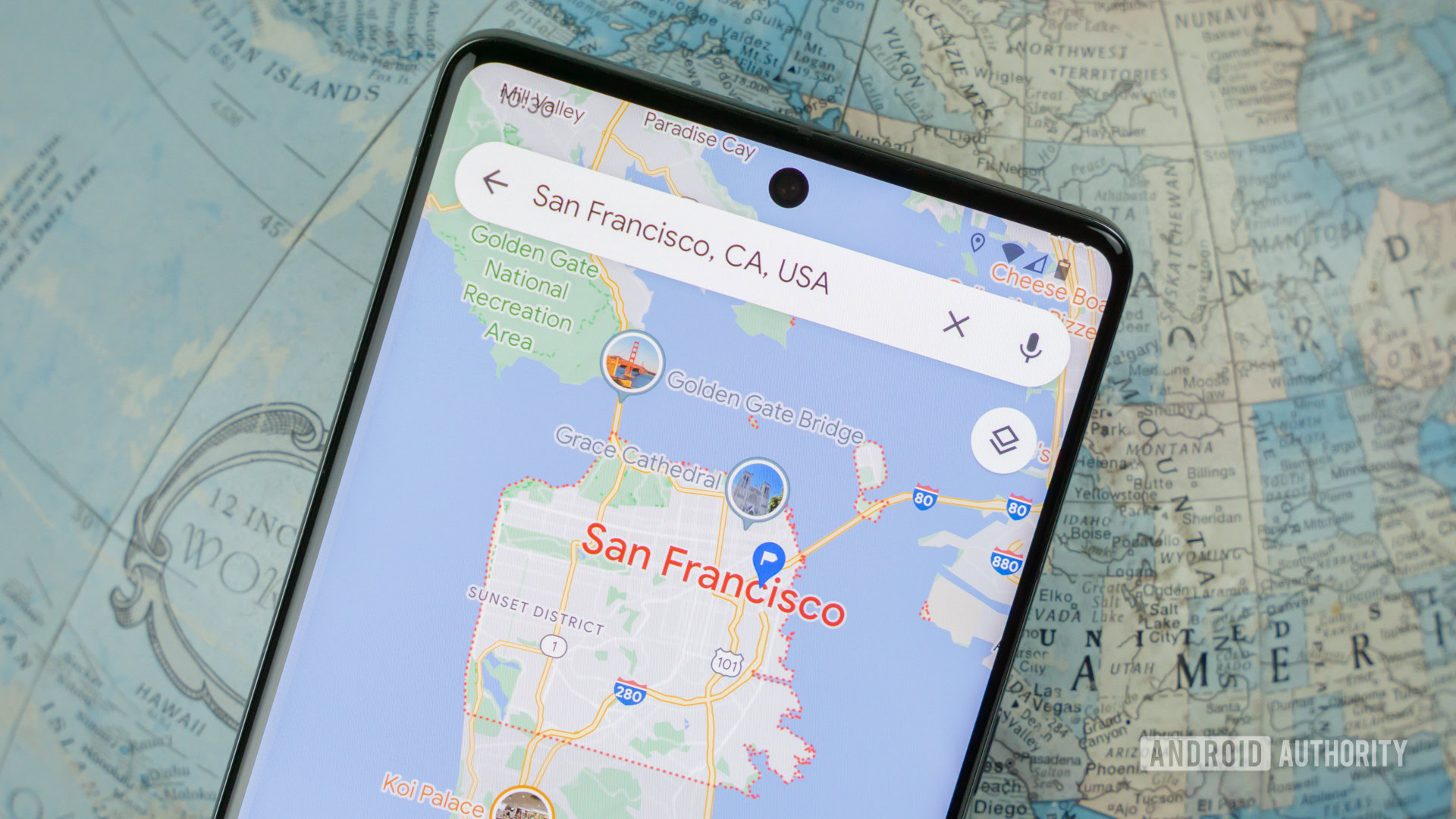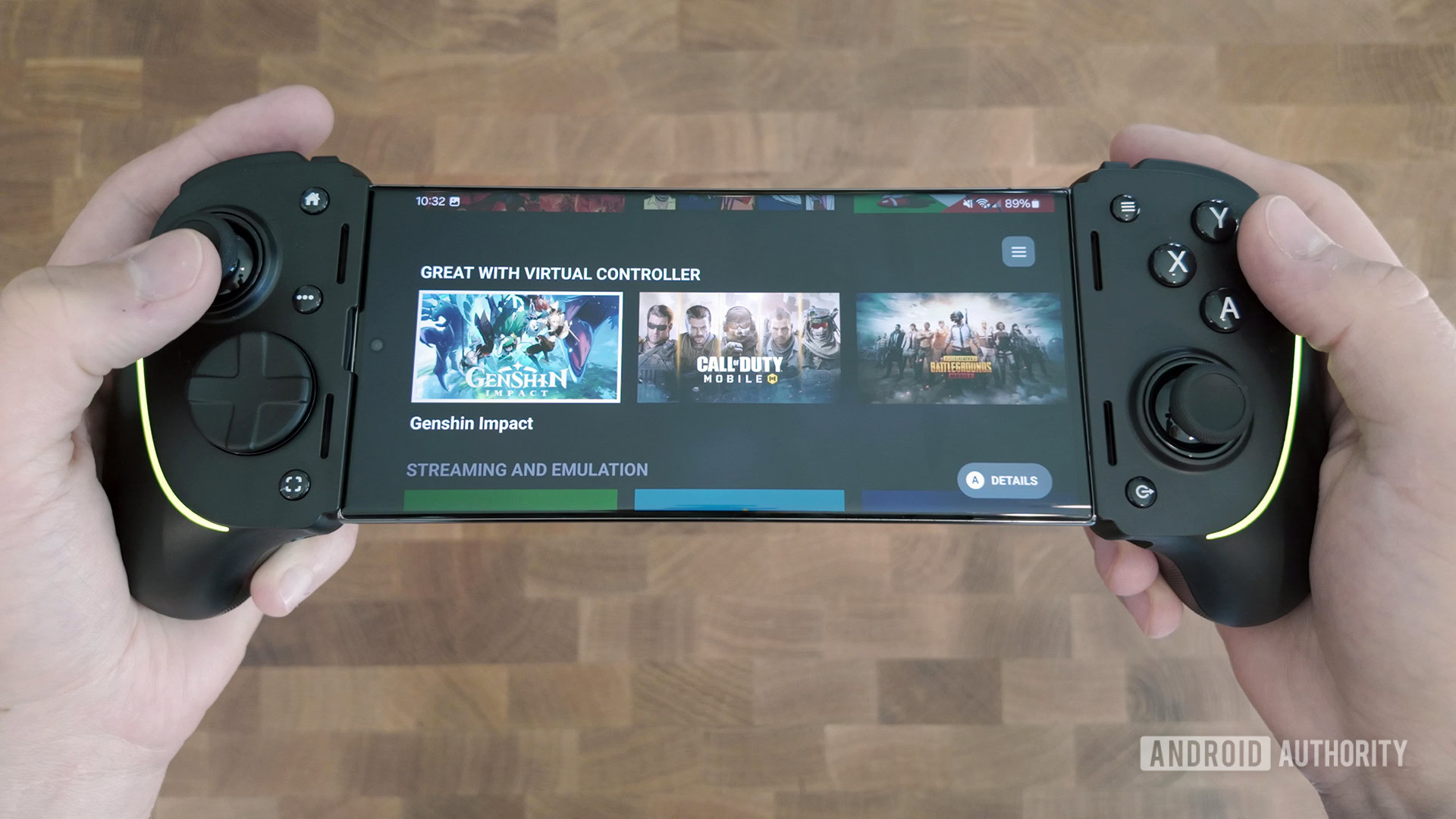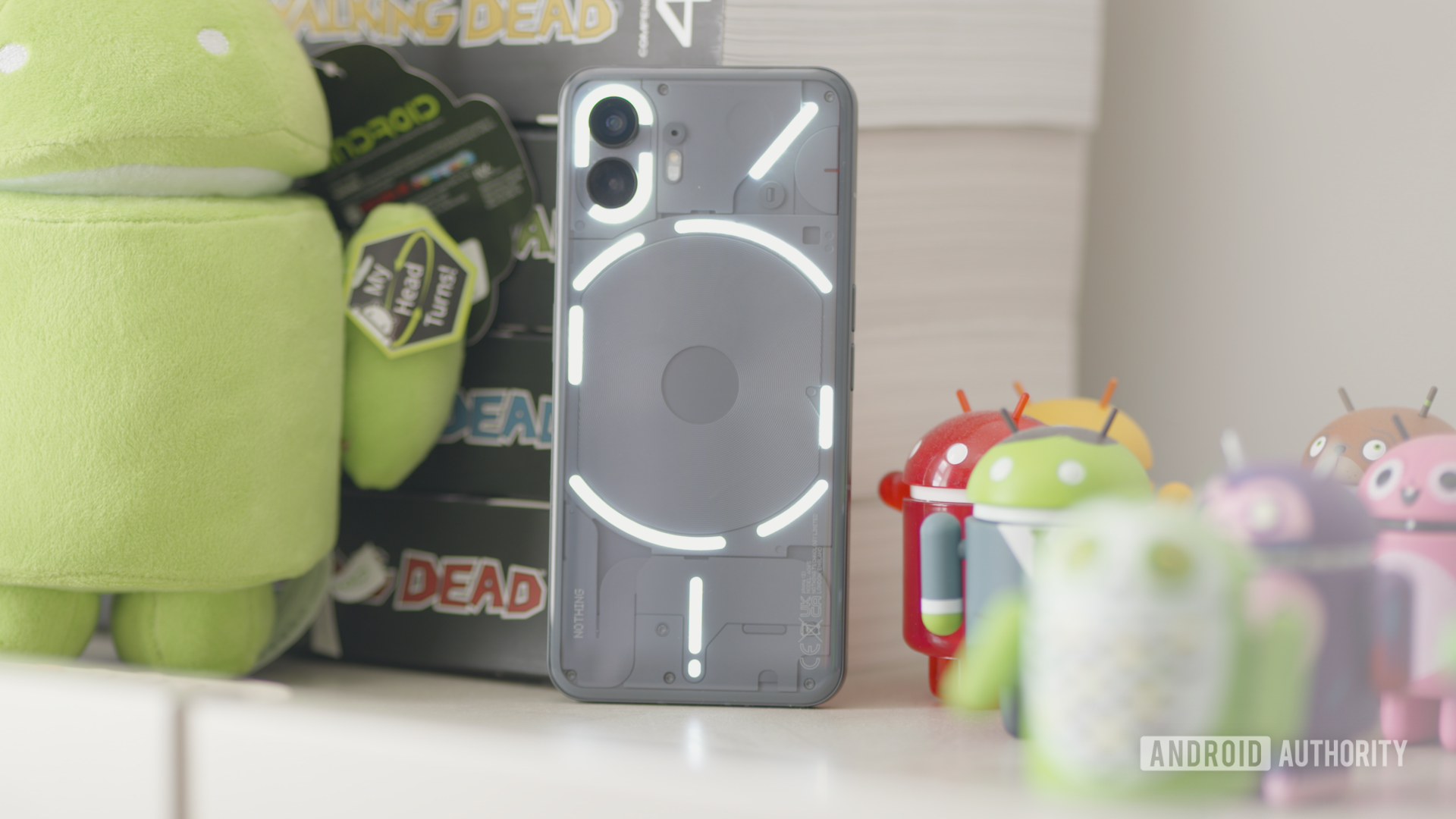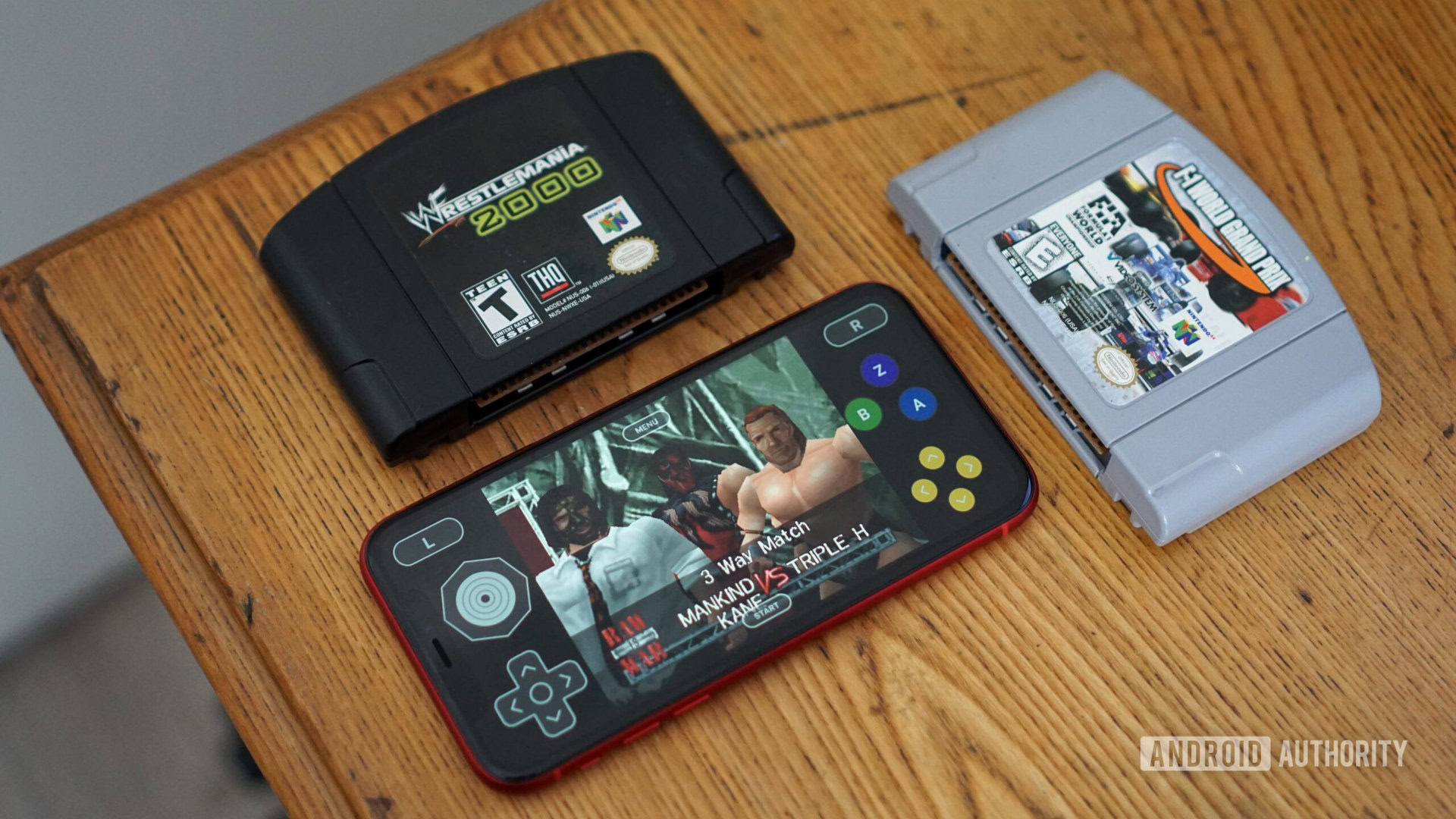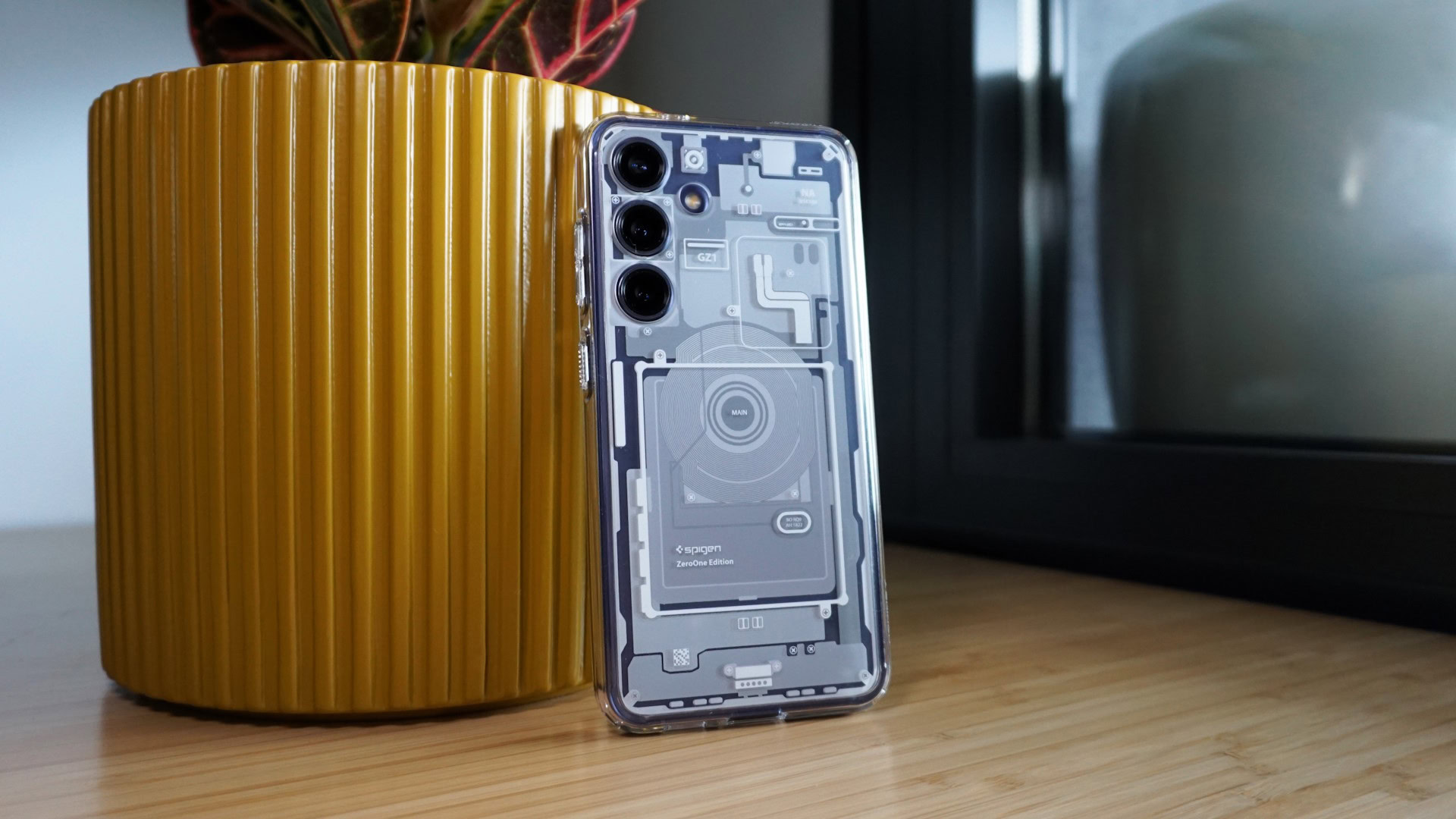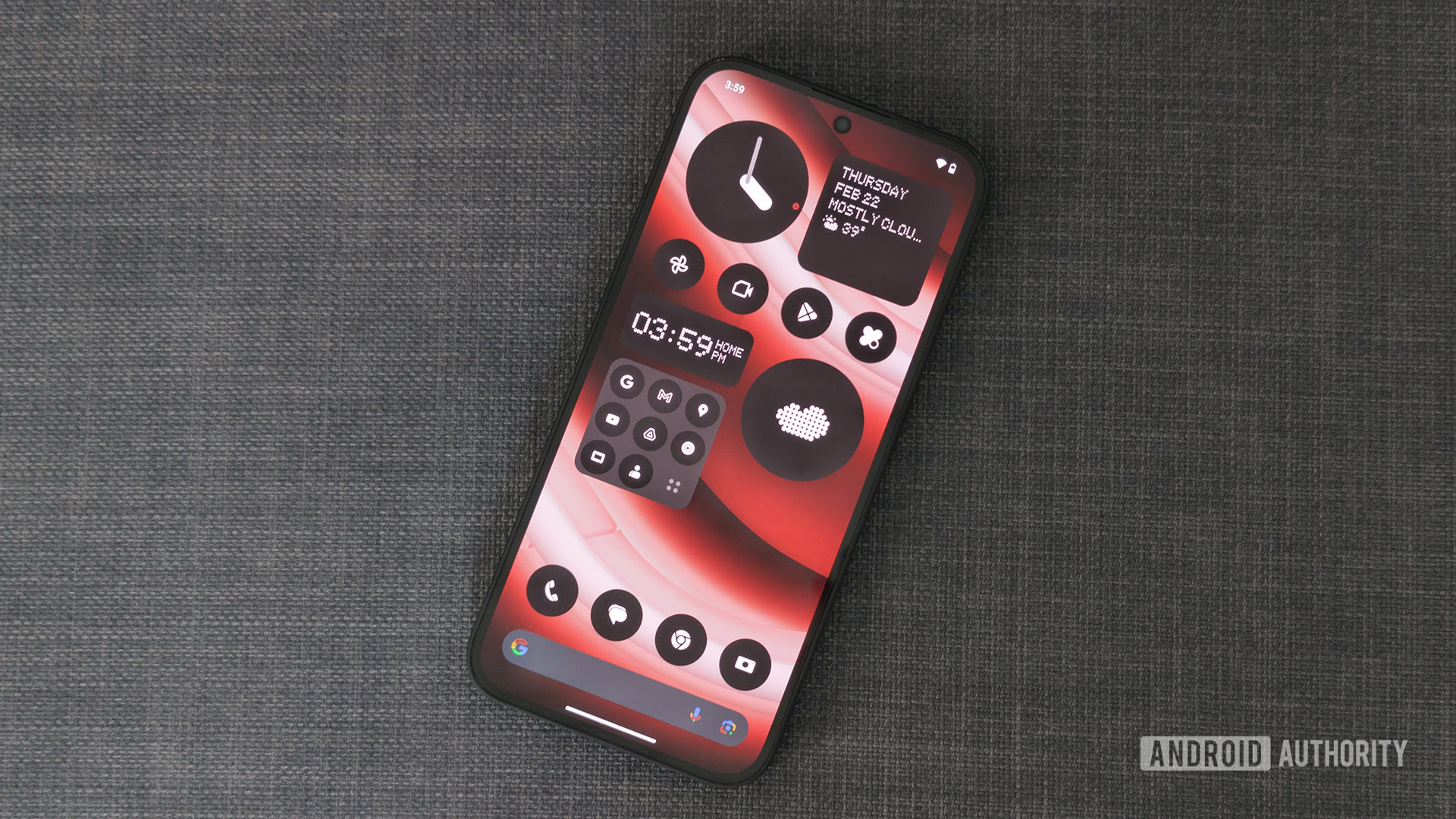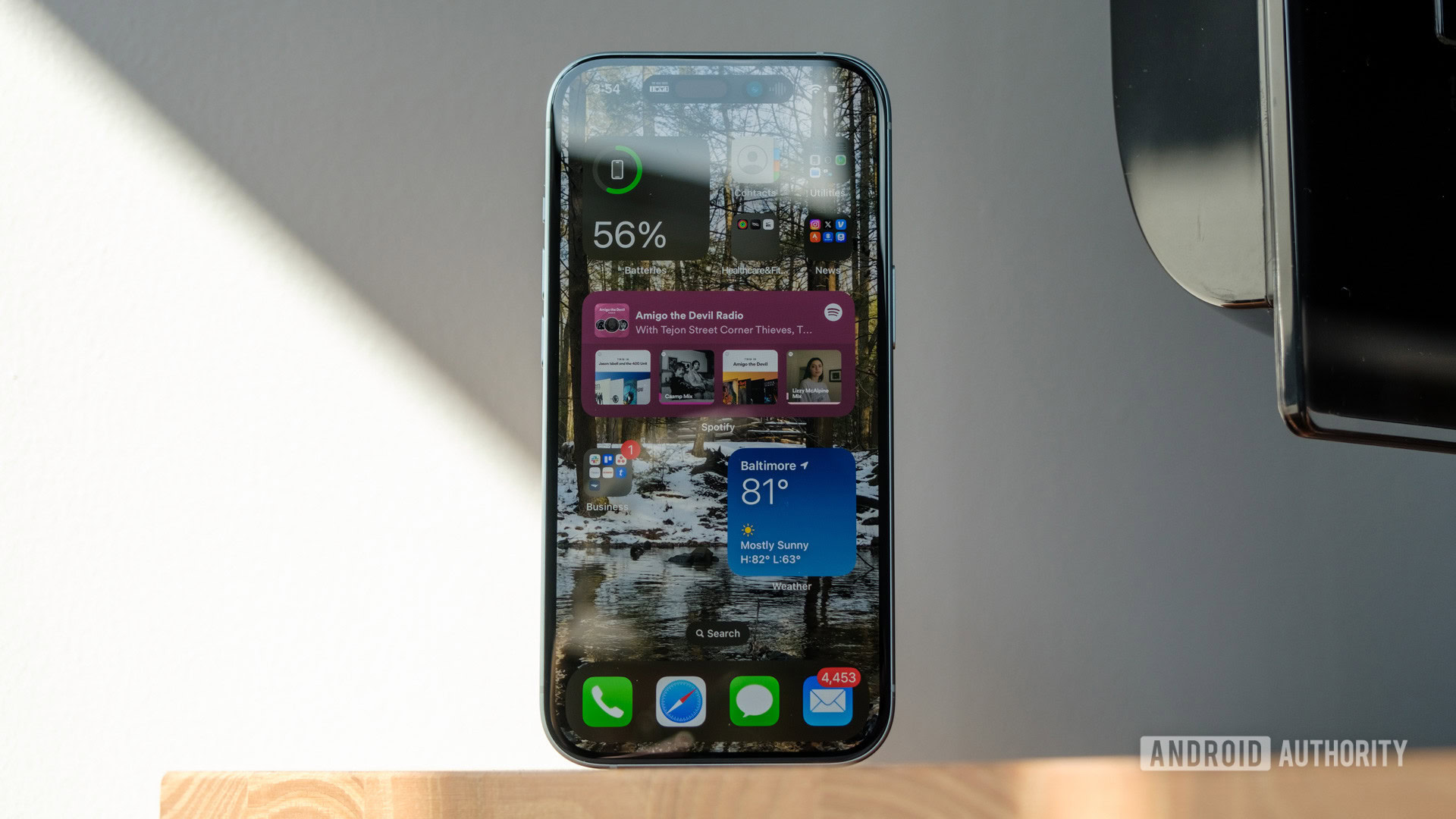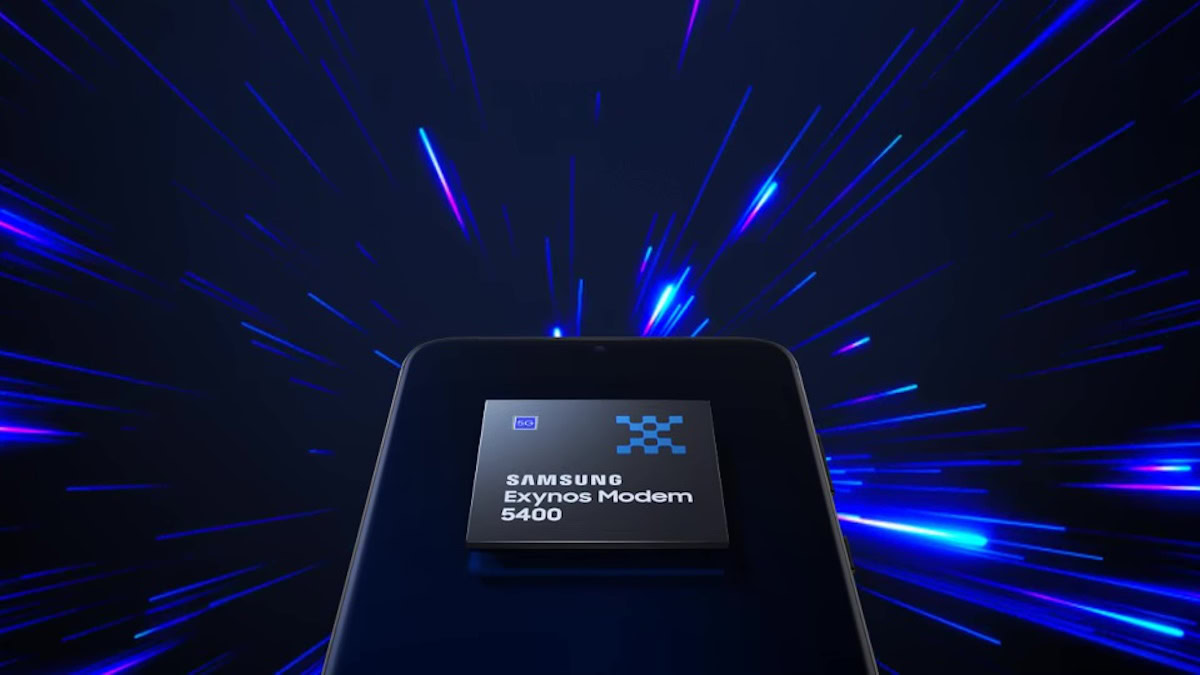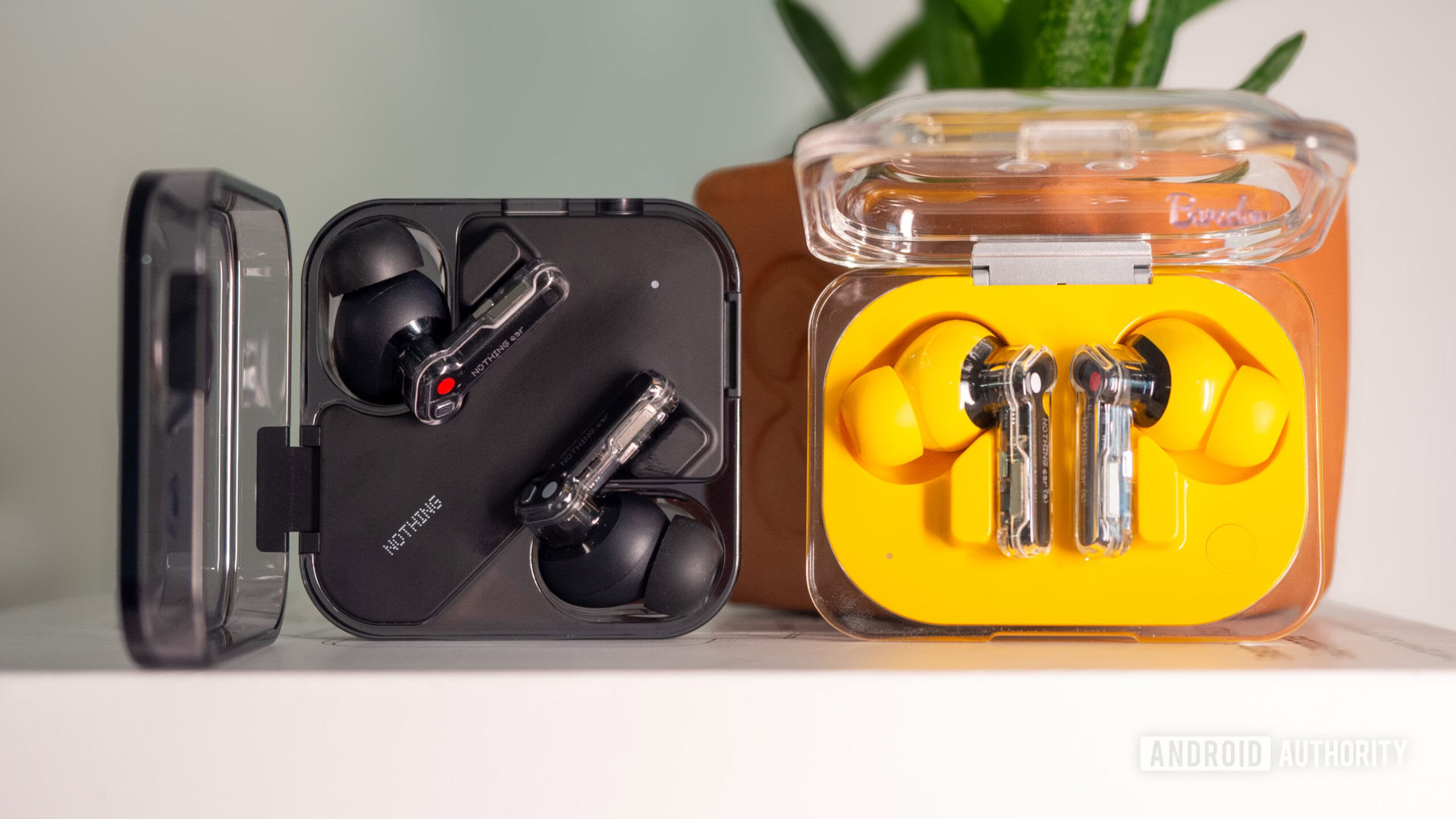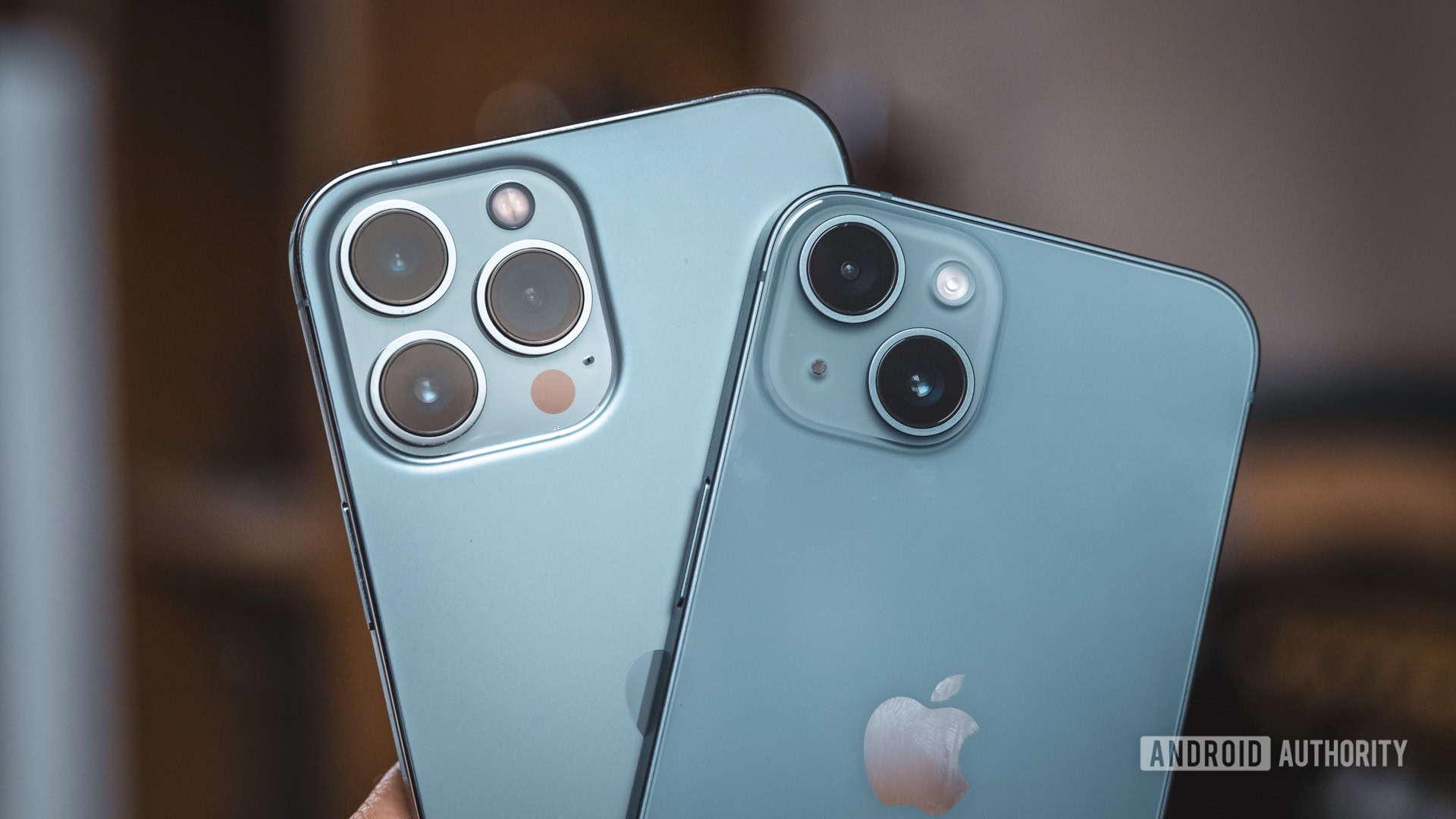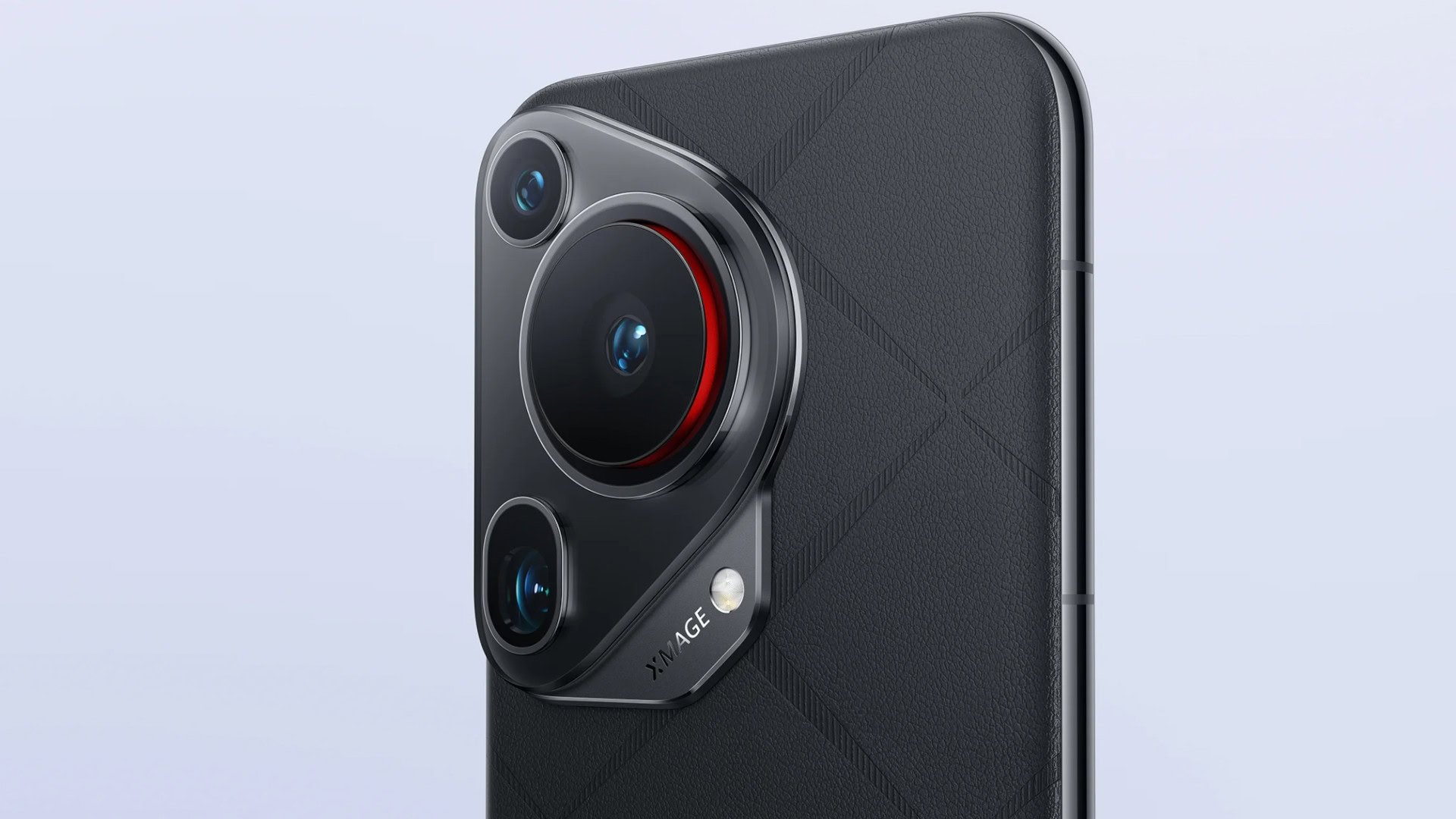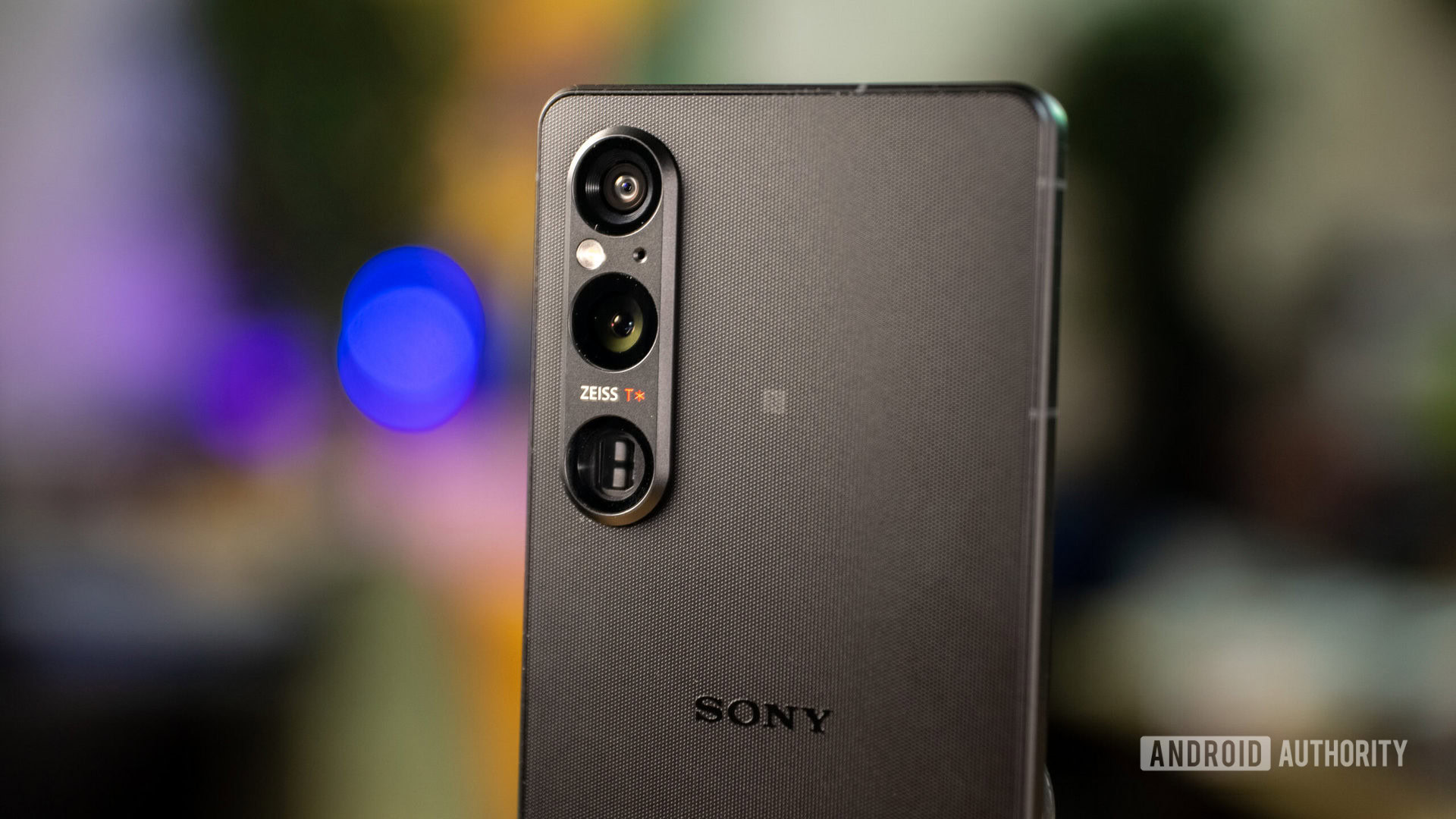https://www.youtube.com/watch?v=k7t0tAsUdE0
Razer Kishi Ultra review: At a glance
Should you buy the Razer Kishi Ultra?

Credit: C. Scott Brown / Android Authority
When it comes to gaming, few companies are as recognizable and distinct as Razer. Its minimalist aesthetic and obsession with RGB lighting have made it one of the few crossover gaming brands that even non-gamers know and recognize. When it comes to mobile gaming, though, Razer’s most well-known contributions were two smartphones that failed to even make a dent in the market. Since those losses, the company has only strayed into the world of mobile controllers, and the Razer Kishi Ultra — launched on April 18, 2024 — is now the newest in its roster.
Razer previously launched a few other mobile controllers, including the original Kishi and the Kishi V2. The main difference between its previous efforts and the Kishi Ultra is that those controllers were designed for maximum portability, while the Ultra is designed for comfort. Gone are the stubby grips, shrunk buttons, and shallow analog sticks, and in their place are full-sized, premium components, not too dissimilar from what you’d get from console controllers, such as a Sony DualSense or an Xbox Series X controller.
This new design makes the Kishi Ultra the most comfortable Backbone-style mobile controller I’ve ever used. I don’t spend hours playing mobile games, but I do spend hours playing console/PC games, and I am certain I could use a Kishi Ultra for just as long as I do a “normal” controller without excessive wrist strain.
The Razer Kishi Ultra just might be the best mobile controller I've ever used, but it's a pricey purchase.
One of the drawbacks to this new focus on comfort, though, is portability. In the image below, you can see the Kishi Ultra next to one of the original Nintendo Switch consoles, and you’ll notice it is far larger once you’ve snapped in a big Android phone (like the Samsung Galaxy S23 Ultra, which I used throughout this review). Since there’s no way to remove or break down the controller’s retractable back plate, it takes up about twice as much room as a normal console controller, making storage and travel a little trickier, too.
However, this large size also works to the controller’s advantage when it comes to compatibility with a wide range of devices. The Kishi Ultra can support pretty much any Android phone (even with a thick protective case on it), all models in the iPhone 15 series (and all future iPhones, since they’ll all have USB-C support), and even small USB-C tablets, like the most recent iterations of the iPad Mini.
It’s important to know that the Kishi Ultra has no wireless connectivity. It does not support Bluetooth and cannot be powered on without something attached to it. To connect a device, all you do is slide it onto the Kishi Ultra’s built-in (and non-removable) USB-C adapter and then lock it in place with the other grip. When you snap your phone onto the USB-C connector, it immediately starts powering the controller. There’s no battery inside the controller, so it will be leeching power from whatever you connect to it. And, of course, that’s going to make your device’s battery drain faster. But it also powers the Chroma RGB lighting, which, let’s be honest, looks pretty sick.
Thankfully, the Kishi Ultra does have a USB-C pass-through port at the bottom of the right-hand grip, so you can plug in and charge while you’re gaming. You can also use this port to connect the Kishi Ultra directly to your PC to act as a traditional wired controller. Of course, you’ll look pretty silly using what looks like a normal controller snapped in half with an 8-inch black bar connecting each grip. Additionally, the controller also has a 3.5mm headphone jack on the other grip, which is a nice touch.
Once you’ve connected your device to the controller, you’re good to start playing whatever you want. In my experience, the Kishi Ultra “just worked” across everything I threw at it. That included typical mobile games like Fortnite, streamed PC games through the Steam Link app, emulated games through Retroarch, and even games that don’t actually have gamepad support thanks to a neat trick I’ll come back to later.

Credit: C. Scott Brown / Android Authority
Even though the controller just works on its own, Razer really wants you to use the Razer Nexus app, which is available on both Android and iOS. This is what you use to tweak everything about the controller, including the RGB lighting, remapping the buttons, and calibrating dead zones. It also acts as a game launcher, a way to easily record and share gameplay videos, and more. Thankfully, this app is totally free — no subscription required.
The Nexus app also supports a Virtual Controller Mode. This allows you to use the physical controller to manipulate a game’s virtual controls — useful if a mobile title does not support physical inputs natively. But be careful: some games might consider this cheating, so if you want to play competitively, you should check to ensure that it isn’t against the rules.
So the big question here is whether or not the Razer Kishi Ultra is worth buying. In a nutshell: yes, the Razer Kishi Ultra is an incredible, comfortable, and versatile mobile controller. It’s the best model I’ve ever used in its category. But despite all this, it’s difficult to recommend the Kishi Ultra to just anyone because it’s so, so expensive and only offers a few features you can’t get from other devices.
Basically, the Razer Kishi Ultra fits into a particular niche, and it’s really, really good at delivering to that niche. But if you aren’t specifically looking for a mobile-only controller that does everything at a cost that’s twice as high as competitors, there are other options out there.
What are the best Razer Kishi Ultra alternatives?

Credit: C. Scott Brown / Android Authority
You might love the Razer Kishi Ultra, but you also might loathe its exorbitant price. If you fall into that category, here are some much cheaper alternatives worth checking out:
- Razer Kishi V2 with USB-C (
): Razer’s previous entry in this category will do pretty much everything the Kishi Ultra does but with less compatibility across large phones/small tablets and less comfort due to the less ergonomic construction. It also lacks Chroma RGB, a haptics motor, and a 3.5mm headphone jack, but at a cost of $99, you’re getting a whole lot of controller for a whole lot less than the Kishi Ultra.
- GameSir G8 Galileo (
): This telescopic mobile gaming controller looks and performs much like the Kishi Ultra for around half the price. The sticks seem a little stubbier, and you’re not going to get the versatility of the Razer Nexus app, but if you just want to snap your phone in and play mobile games, what more do you need? Also, the SNES-inspired look is pretty hot.
- Backbone One (
): It took a while for us to get an Android-compatible Backbone One, but it was worth the wait. It’s not quite as versatile as the Ultra, but it is $50 cheaper.
- Sony DualSense (
): If the telescopic aspect of the Kishi Ultra isn’t important to you, why not just buy one of the best standard controllers on the market? This will work natively on Android, iOS, iPadOS, Windows, macOS, etc., offers one of the best designs in the gaming world, and can be found for less than half the price of the Kishi Ultra. Even if you splurge on a fancy phone mount for it, you’ll still be spending far less than you would a Kishi Ultra or even a Kishi V2.
Razer Kishi Ultra review: FAQ
Can you play COD Mobile with Razer Kishi Ultra?
Yes, you can play Call of Duty Mobile with the Razer Kishi Ultra. In fact, COD Mobile appears by default in the Nexus app (you’ll still need to download it manually, though).
Can you use Razer Kishi Ultra on PC?
Yes, but only in a wired state. Also, this isn’t recommended due to the fact that you can’t remove the telescopic mount plate, so you’d end up playing with a very long, silly-looking controller. It is possible to do, though, with a USB-C cable (not included).
Can you use Razer Kishi Ultra with a case on your phone?
Yes, the Kishi Ultra is designed to work with big phones and thick cases. In the box with the Kishi Ultra, you’ll find three sets of rubber mounts that you can swap out to find the perfect fit for your device. Obviously, some very thick cases might not work, but most should.
Can you use Razer Kishi Ultra with PS Remote Play?
Yes, the PS Remote Play app appears by default in the Razer Nexus app. Just download it and fire it up; the Kishi Ultra should just work.
Does Razer Kishi Ultra work with emulators?
We tested the Kishi Ultra with the Android version of Retroarch, and everything worked automatically. Other emulators — including Dolphin and PPSSPP — also appear by default in the Nexus app, so you should see wide compatibility with the most popular mobile emulators.
Does Razer Kishi Ultra work with an iPhone?
Yes, but only modern iPhones with USB-C ports (i.e., the iPhone 15 series). There is no Lightning version of the Kishi Ultra, no way to swap out the USB-C connector, and no wireless support, so this is a USB-C-only product. Notably, USB-C support also allows this to work with the iPad Mini, which does fit into its large frame.

